Visited on: Saturday 31 March – Thursday 5 April 2018
Day 1
Glasgow is one of the UK’s most distinctive cities, with its striking architecture, excellent free museums and fascinating industrial heritage. Having made a brief stop in Glasgow on my way back from a camping trip to Loch Lomond the previous summer, I was keen to explore more of the city, so I arranged to spend six nights there over Easter 2018.
As my trip approached, the weather forecast for Scotland was dire: wind, rain, sleet and snow were expected for the entire duration. Down south, it was a reasonably fine morning as I caught the train to Carlisle, where I had to transfer to a rail replacement coach for the remainder of the journey up the M74 to Glasgow. Arriving at Central Station not far behind the normal schedule, I wheeled my suitcase to my hotel, a mile or so west of the city centre. I was staying at the Sandyford, a basic hotel in a Victorian building at the bend in Sauchiehall Street, not far from Kelvingrove Park.
As soon as I had deposited my things in my room, I set off to explore the area. The façade of the Sandyford Hotel itself was a bit shabby, but the surrounding neighbourhood consisted of handsome terraced houses built of the local “blonde” sandstone. Just around the corner was an impressive Greek Revival church with an imposing portico supported by four Ionic columns. A short walk brought me to Kelvingrove Park, a sprawling tree-lined park bordering the River Kelvin, which was laid out by the English garden designer Sir Joseph Paxton in 1852. The park is studded with monuments to various intellectual figures such as the physicist and mathematician Lord Kelvin, the chemist Joseph Lister and the historian and writer Thomas Carlyle, as well as this striking monument to the Cameronians regiment by Philip Lindsey Clark, who was himself a decorated war hero in the First World War.
At the top of a steep embankment overlooking Kelvingrove Park is the upmarket Woodlands Hill district, which has been described as the finest example of Victorian town planning in Britain, a mid-19th century counterpart to the Georgian crescents of Bath. The centrepiece of the district is Park Circus, laid out by Charles Wilson in 1855-63, comprising two curved terraces of grand townhouses surrounding an oval-shaped garden. A striking landmark, also designed by Charles Wilson, is the former Free Church College (later Trinity College) built in 1856-8, with its three tall, narrow Italianate towers.
It wasn’t long before a sudden rain shower forced me to take refuge under the canopy of a nearby petrol station. Wet weather had set in for the rest of the day, so I dashed into a supermarket to stock up on provisions and then returned to the hotel.
Day 2: Pollok House, Holmwood House, the Tenement House and the Necropolis
The next day, I planned to make a whistle-stop tour of the city’s National Trust for Scotland (NTS) properties, which are free to visit for National Trust members. First on my list was Pollok House, a grand stately home in the middle of the sprawling Pollok Country Park in Glasgow’s southern suburbs. The house was commissioned by the wealthy Maxwell family and completed in 1752, although sympathetic extensions were added to either side of the main house at the beginning of the 20th century.
It wasn’t the best day to visit, as the NTS had organised an Easter treasure hunt and the house was packed with hordes of parents and small children. The contents of the house weren’t exceptionally memorable, so after a quick look around, I explored the gardens and then headed across the park to catch the bus to my next destination.
It was a short ride to Cathcart followed by a half-mile uphill walk through leafy suburbs to Holmwood House. A narrow, tree-lined entrance drive between blocks of apartments leads into the grounds of the house, which stands in a commanding position overlooking a wide expanse of green lawn enclosed by mature trees. Built in 1857-8 for a local paper magnate, James Couper, the house is quite modest in scale but striking in appearance, bearing the distinctive hallmarks of its architect, Alexander “Greek” Thomson (1817-75).
Thomson’s characteristic style, incorporating Classical Greek and Egyptian motifs alongside highly original modern features and blending symmetrical elements with an asymmetrical overall design, became highly sought-after among well-to-do patrons in the mid-19th century. He designed large numbers of villas and terraced houses across Glasgow, many of which were unfortunately demolished in the postwar period.
Holmwood House is considered the best surviving example of Thomson’s domestic architecture. After the deaths of the original owner, James Couper, and his wife, the house was altered both inside and outside by subsequent owners and eventually became a convent and Catholic primary school. In the early 1990s, plans were submitted for a housing estate in the grounds, but a campaign was launched to save the property for the nation, resulting its acquisition by the NTS in 1994. The interior has since been carefully restored to its original appearance. Layers of paint and wallpaper have been removed to reveal the original brightly-coloured stencil decoration on the walls, including a particularly striking frieze depicting scenes from Homer’s Iliad in the Dining Room.
It was a very warm afternoon, and I could easily have spent the rest of the day sitting in the cool house listening to the piped Schumann piano music and feeling the gentle breeze from an open window, but I wanted to squeeze in a visit to what is possibly the most fascinating of Glasgow’s NTS properties, the Tenement House.
I caught a bus back to the city centre and walked up to the Garnethill district on the steep ridge to the north of Sauchiehall Street. The Tenement House occupies one end of a terrace of four-storey red sandstone houses on Buccleuch Street, built in 1892. Tenement buildings, comprising separate dwellings on each floor accessed by a shared stairwell, began to appear in Edinburgh in the 17th century, and were built in Glasgow in large numbers during the late 19th and early 20th centuries, to accommodate the burgeoning population as the city’s booming industries drew in workers from rural Scotland and beyond. By the mid-20th century, concerns about overcrowding and poor sanitation led to the widespread demolition of tenements, with many of the inhabitants relocated to high-rise social housing developments on the city’s outskirts, such as Easterhouse and Drumchapel. This housing policy was later seen to have been short-sighted: by the 1970s, tenements were coming back into fashion and were being renovated as upmarket residences, while the postwar high-rise estates were plagued by poor amenities, poverty and crime. In spite of the demolitions, tenements remain the most common form of residence in Glasgow and are a distinctive feature of the cityscape, typically built of the local red or blonde sandstone.
The contents of the NTS’s Tenement House give a fascinating glimpse into early 20th century lower middle class life. The tenant from 1911 until 1965 was Miss Agnes Toward, a shorthand typist, who did very little to modernise the interior décor and hoarded many items which most households would have thrown away.
In the late 19th century, many of the flats would have been occupied by large families living in cramped conditions. All four rooms provided sleeping accommodation; the kitchen and parlour both contained wooden box beds built into recesses in the wall. Until 1939, Miss Toward shared the flat with her mother, occasionally taking in a lodger to supplement their wages. The lodger would be given the bedroom with its freestanding brass bed, while Miss Toward and her mother probably shared the box bed in the kitchen, which was the most comfortable room to sleep in on cold winter nights as the coal-fired kitchen range would have been kept burning continuously. Washing was done once a month following a rota in a communal wash-house in the yard, and residents were expected to take turns to sweep and wash the stairwell.
Miss Toward’s flat was more luxurious than most Glasgow tenements of the time, with a private bathroom, hot and cold running water, and gas lighting. She earned a modest living as a typist working for shipping firms, but was able to afford regular holidays at resorts on the Clyde estuary as well as visits to the theatre and to the Glasgow Empire Exhibition in 1938.
It was a sunny evening, so I headed across to my favourite spot in the city: the Necropolis which sprawls over the hillside overlooking Glasgow Cathedral. The Scottish Gothic cathedral itself is a spectacular sight, with its blonde sandstone walls blackened over the centuries by soot from the city’s furnaces, and its large, rather squat central spire. Dedicated to St Kentigern (also known as St Mungo), a 6th-century Bishop who controlled a vast diocese stretching from Cumbria to Loch Lomond, it is Glasgow’s oldest building, dating from the late 12th century.
A stone arched bridge known as the “Bridge of Sighs” spans the gully separating the Cathedral square from the Necropolis, a 37-acre hilltop studded with elaborate tombs, memorials and obelisks, many of them individual architectural masterpieces.
Burials were traditionally the responsibility of parish churches, but by the early 19th century, expanding populations and falling church attendance led to calls for the creation of “garden cemeteries”, which were to be non-denominational and run for profit. The Merchants’ House of Glasgow began to develop the Necropolis in 1833, taking the Père Lachaise Cemetery in Paris as their model. Around 3,500 tombs can be seen, although records show that around 50,000 burials in total have taken place on the site.
The most intriguing part of the Necropolis is the steep western flank facing the cathedral, where imposing tombstones are arranged in long, winding terraces, and spectacular mausoleums modelled on Egyptian and Greek architecture are built into the rocky hillside. Visitors approaching from the Bridge of Sighs are greeted by an elaborate entrance façade surrounding a pair of black doors, behind which a tunnel blasted into the rock was intended to give access to underground catacombs designed to protect graves from body snatchers and grave robbers, although the project proved financially unviable and was abandoned.
Towering over the surrounding memorials on top of the hill is the Necropolis’s tallest monument, a statue of John Knox, the founder of the Scottish Presbyterian Church, standing on an 18 metre-high Doric column. It was erected in 1825 in what was then known as Fir Park, several years before the site was converted into a cemetery. Another notable landmark is this circular Romanesque temple, modelled on the Church of the Holy Sepulchre in Jerusalem, which contains the tomb of Major Archibald Monteath.
On the eastern side of the site, long rows of tall crosses and obelisks sweep down the hillside high above above the sprawling conurbation with its tower blocks, motorways and industrial estates. These rather plain, uniformly dark-grey granite memorials are very atmospheric in wet weather, as I discovered in a sudden rainstorm on a previous visit.
Day 3: Riverside Museum and Kelvingrove Museum
The next morning, the weather was foul – definitely a day for visiting indoor attractions. After breakfast, I walked down to the famous “Armadillo” and along the windswept Clyde waterfront to the Riverside Museum, a striking building designed by Zaha Hadid with a glass façade and an erratic zigzag roof outline. Since 2011, it has been home to the collections of the Glasgow Transport Museum. On display are various trams, buses and locomotives, as well as a recreated cobbled street with shop interiors dating from 1895 to 1930.
I particularly liked this improbably narrow-looking “Cunarder” tramcar, no. 1392, which was the very last double-decker tramcar built in the UK, entering service in 1952. The art deco-inspired Cunarder was a more curvaceous variant of the earlier Coronation tram which had entered operation in 1937. An unusual feature was the route number displayed on the side of the tram instead of at the front, making it more visible in a line of stationary trams. With the exception of the Blackpool promenade tramway, Glasgow was the last city in the UK to have an electric tram service, ending operation in September 1962, thirty years before the first of a new generation of trams entered service in Manchester.
One of the museum’s more unusual sights is the “car wall”, an assortment of cars parked on three tiers of small platforms protruding from the wall of the main exhibition hall. The overall effect is impressive, although car enthusiasts find it infuriating, as they are prevented from getting up close to the most interesting cars, which are inevitably positioned on the top tier high above visitors’ heads.
After several hours in the museum, the drizzle had eased off, so I walked up to Partick High Street to buy some lunch, before heading on to the Kelvingrove Museum and Art Gallery to spend the afternoon exploring its vast and eclectic collection.
The building itself is a spectacular sight: a vast, sprawling red-sandstone palace in Spanish Baroque style, ornamented with an assortment of towers, pinnacles and statues. Financed partly with the profits from the 1888 International Exhibition, it was commissioned by the City Council and designed by the English architects Sir John W Simpson and E J Milner Allen, opening in 1901 as the “Palace of Fine Arts” to coincide with a second International Exhibition held in Kelvingrove Park.
Dangling from the high ceiling of the East Court were these striking, rather creepy “Floating Heads” by Sophie Cave, with their extreme facial expressions accentuated by coloured light.
The museum was designed as an amenity for the citizens of Glasgow and has remained popular with the public, with a bustling atmosphere more reminiscent of a shopping arcade than the subdued, reverential tone of most art galleries. More than 8,000 objects are on display, including a 1944 Spitfire plane suspended from the ceiling, taxidermy specimens of extinct Scottish mammals, Egyptian antiquities and a diverse collection of paintings including works by Rembrandt, Monet, Renoir, Van Gogh and Dalí. As a native of Salford, I was interested to see this painting of V. E. Day (1945) by L. S. Lowry.
Day 4: The Hunterian Museum and People’s Palace
It was another morning of torrential rain. After a leisurely breakfast, I decided to brave the weather and headed across the park to the University of Glasgow’s Hunterian Art Gallery, with its famous collection of paintings by Whistler.
After looking around the main gallery, I joined a guided tour of the neighbouring building which contains the reconstructed interiors of the house at 6 Florentine Terrace in which Charles Rennie Macintosh and his wife Margaret Macdonald lived between 1906 and 1914, which was demolished in 1963 to make way for new university buildings. The strange-looking brutalist concrete block matches the proportions of the original house and its exterior is adorned with Victorian-style windows and bays in their original positions in order to recreate the lighting of the interior rooms as closely as possible. A bizarre feature of the exterior is the black and white front door, which opens out on to a sheer drop several metres above the ground. The interiors were painstakingly reconstructed in the late 1970s, partly using fixtures salvaged from the 1963 demolition and partly on the basis of photographs and personal recollections of visitors to the Mackintoshes’ home.
When the tour finished, it was still drizzling, so I took shelter in the famous cloisters of Glasgow University, before continuing on to the Hunterian Museum.
Scotland’s oldest museum was established in 1807 to showcase the vast legacy of the distinguished anatomist and physician William Hunter, an avid collector of books, coins, zoological specimens and minerals. In 1870, the museum relocated into a complex of splendid neo-Gothic halls within Glasgow University’s recently-completed main building designed by Sir George Gilbert Scott. On show are various important collections, including a large number of scientific instruments designed or acquired by Lord Kelvin, James Livingstone Begg’s fossil collection and an impressive display of stone distance markers from the Antonine Wall, built by the Romans in the mid-2nd century AD to defend the northern frontier of their empire between the Firths of Clyde and Forth.
One of the most memorable sights was this enormous skeleton of a false killer whale, part of a pod which stranded in the Dornoch Firth in 1927.
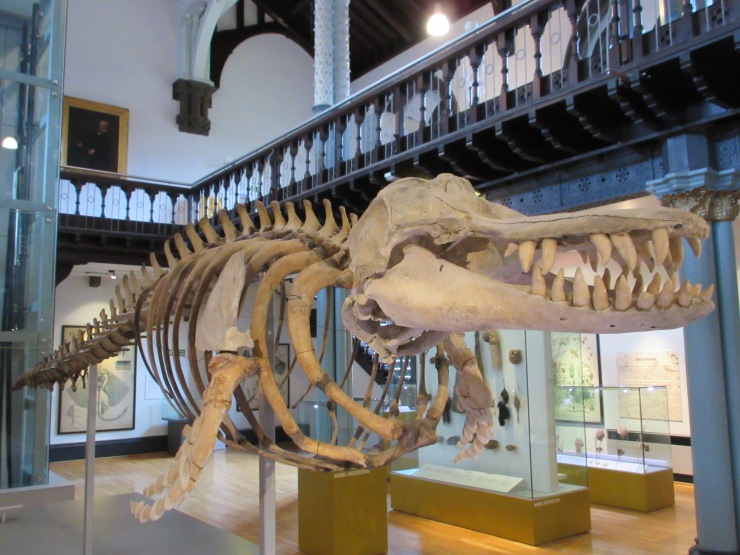
At lunchtime, I walked across to the Kelvingrove Museum to listen to the daily organ recital at 1 pm. The magnificent pipe organ was built in 1901 by Lewis & Co. of London for the Glasgow International Exhibition, but was subsequently bought by the Corporation of Glasgow and relocated to the museum. The heavily ornamented walnut casing and non-functioning display pipes were designed by the architect of the museum building, John W. Simpson.
After the recital, I went back to my hotel room to eat lunch. As there was no sign of the interminable rain easing, I caught a bus into the city centre and headed along Trongate to Glasgow Green, home to the People’s Palace and its adjoining winter garden, which opened in 1898 to serve as a cultural centre for the inhabitants of the deprived and overcrowded East End of Glasgow. The French Renaissance-inspired red sandstone frontage of the building houses an interesting museum telling the social, political and industrial history of the city, although perhaps inevitably, some of the displays have a strong whiff of propaganda for Glasgow’s Labour council.
In front of the People’s Palace is an impressive 14 metre-high fountain, believed to be the largest terracotta fountain in the world. It was designed by Arthur E. Pearce and gifted to the city by the famous ceramics manufacturer Sir Henry Doulton to commemorate Queen Victoria’s golden jubilee. Originally erected in Kelvingrove Park for the 1888 International Exhibition, it was relocated to Glasgow Green two years later and moved to a new position in 2004 following a major restoration programme. The fountain is adorned with large statues representing the diversity of the British Empire: Canada, Australia, India and South Africa. A small figurine of St Mungo stands above the city’s coat of arms with its motto “Let Glasgow flourish”.
Day 5: Bute
It had been my intention to make at least one excursion out of the city, perhaps heading for one of the islands in the Firth of Clyde, but I had put off doing so because of the bad weather. In the end, I decided to go to Bute, the most accessible of the islands, whatever the weather.
I caught a bus down to Glasgow Central station, and bought a return ticket to Wemyss Bay. By the time the train reached Paisley, flurries of sleet were starting to swirl, and as the train skirted around the hillside above Greenock, snow was beginning to settle on the ground. At Wemyss Bay station, I walked down the long, curving wooden passageway to the ferry pier and boarded the Caledonian MacBrayne ferry MV Argyle for the short crossing to Rothesay.
Dense columns of fuzzy snowflakes were falling by the time the MV Argyle set out into the Firth of Clyde, but there were few signs of winter on the low-lying island of Bute, where it was just another dismal, cold, rainy day. After the long journey from Glasgow, I needed the toilet, so I paid a visit to the Victorian public toilets on Rothesay pier. Unfortunately the ladies’ toilets are a nondescript modern addition, but the gentlemens’ toilets are a sight to behold and one of Bute’s most famous attractions. Installed by Twyfords at a cost of £530 in 1899, they feature mosaic floors, walls clad in decorative coloured tiles, grey marble wash basins and urinals constructed of black marble and white porcelain. Houseplants and framed old photographs add to the old-fashioned, upmarket ambience. Rothesay itself is a handsome Victorian resort built around the moated ruins of a medieval castle, but in the continuing drizzle it wasn’t a place to linger, so I boarded a bus to Bute’s most impressive indoor attraction, Mount Stuart House.
The house stands in the middle of a vast, wooded estate on the east coast of the island. The bus stopped at the visitors’ centre on the outskirts of the property, from where it was a long walk south to the house itself.
The enormous five-storey sandstone house with its neo-gothic arch windows, elaborately ornamented bays, spires and tall chimneys looks quite incongruous in its rural setting, more reminiscent of a town hall or a university building than a country house. Designed by Robert Rowand Anderson, it was built between 1879 and 1900 on the site of an earlier mansion which was destroyed by fire in 1877.
It was commissioned by John Crichton-Stuart, 3rd Marquess of Bute, who inherited a vast fortune at the age of six months when his father, a coal and iron magnate responsible for the development of Cardiff docks, died in 1848. Taking full control of the family estate at the age of 21, the 3rd Marquess became the richest man in Britain, if not the world. He spent lavish sums renovating his other properties, Cardiff Castle and Castell Coch, and was a generous patron of the arts and a benefactor to numerous universities and churches in Scotland and Wales. He had already planned an ambitious redevelopment of Mount Stuart House a few years before the fire, and now embarked upon a lavish project which was left unfinished when he died in 1900. The new house was the first home in Scotland to have electric lighting, and boasted a heated indoor swimming pool, a spectacular colonnaded marble hall built from over 20 different types of marble, and a white marble chapel with red stained-glass windows around its octagonal tower which cast a strange, pink light over the white interior.
I joined a guided tour by an informative lady who was very amusing, as long as you were prepared for plenty of anti-English jokes! On display are many of the family’s treasures which survived the 1877 fire, including a vast collection of books dating back as far as the 15th century, and paintings by Reynolds, Gainsborough, Raeburn, Cuyp and Ruisdael. The interior design and contents of the house reflect the 3rd Marquess’s wide-ranging interests in history, archaeology, architecture, linguistics, theology, astrology and the occult.
The house is surrounded by extensive gardens, but it wasn’t an afternoon for lingering outdoors, so after the tour of the house I set off back towards the exit through the woods, passing this atmospheric avenue of moss-covered lime trees.
There wasn’t a bus back to Rothesay any time soon, so I set off to walk the few miles back into town. Walking briskly along the exposed coast road, I was soaked and bitterly cold by the time I reached the town centre. As I waited for the next ferry back to Wemyss Bay, the rainclouds marching across the sky from the west finally gave way to a long strip of deep blue sky. Soon after the ferry set off, the sun emerged from the clouds, giving spectacular views of the shimmering, snow-covered mountains of Argyll.
lluminated by the bright early-evening sunshine beneath a deep blue sky, the fan-like glass and steel roof of Wemyss Bay railway station was at its most stunning. The railway line to Wemyss Bay opened in 1865, but the present Edwardian station designed by James Miller dates from 1903. The station’s single-storey exterior is relatively modest, built in arts-and-crafts style with mock-Tudor gables and a red-tiled roof, although a surprising feature is the Italianate clock tower which stands guard over the covered walkway down to the ferry jetty. The spectacular interior, with its beautifully preserved period features, consists of a huge, round concourse at the centre of which stands a circular ticket office from which the huge steel ribs supporting the vast glass ceiling radiate.
It wasn’t long before a train drew alongside the station platform with its long, elegantly curved canopy. In the crisp evening sunlight, the journey back to Glasgow was hardly less impressive than the architecture of Wemyss Bay station, especially the section of the route skirting the hillside above Greenock, with its amazing views over Clyde estuary to the snow-covered mountains of Argyll and Stirlingshire.
It was a mild evening, so I bought a takeaway meal and sat in George Square watching the sunlight fade.
Day 6: The Botanic Gardens and the Merchant City
After three rainy days in a row, spring finally arrived on the last day of my trip. Having plenty of time until my train home in late afternoon, I left my suitcase at the hotel and headed for Glasgow’s Botanic Gardens.
Originally founded in 1817 at Sandyford on Sauchiehall Street, the Botanic Gardens relocated to their present site on the Great Western Road in 1842.
The garden’s most striking landmark is the recently renovated Kibble Palace, which was originally built in around 1860 on the estate of John Kibble at Coulport on the shores of Loch Long in Argyll. In 1873, Kibble arranged for it to be transported by barge along the Clyde to the Botanic Gardens. It is home to an important collection of tree ferns and carnivorous flowering plants, as well as several impressive marble statues.
After exploring the Botanic Gardens, I made my way down to the riverside, passing through the grounds of Glasgow University. The University’s main building was designed by Sir George Gilbert Scott in Gothic revival style and constructed in the late 1860s. The choice of the English architect Scott was controversial at the time, and in 1864 Alexander “Greek” Thomson gave a lecture on “The Unsuitableness of Gothic Architecture to Modern Requirements” in a pointed attack on the possibility of Scott being awarded the contract. Scott’s plans were based on the traditional collegiate layout of two quadrangles, but also incorporated typically Scottish features such as conical turrets and stepped gables. When the new building opened in 1870, much of the original design was left unfinished because of a lack of funds, and it was only after Scott’s death in 1878 that the iconic 85 metre-high spire was added, designed by his son John Oldrid Scott.
Although parts of the Clyde riverside still have a run-down feel, there are striking landmarks along both sides of the river. The Waverley, the world’s only surviving sea-going paddle steamer, was built in 1946 and operated the steamer route from Helensburgh to Arrochar for many years until she was withdrawn by CalMac in 1973. Sold to the Paddle Steamer Preservation Society for £1, the Waverley was brought back into service in 1975 and now makes regular sailings around the coast of the UK.
Further east along the river, the 53m-high Finnieston Crane on Stobcross Quay is the largest of four surviving cantilever cranes along the Clyde. Erected in 1931, it could carry a load of 175 tons and was mainly used to lift heavy locomotives on to ships for export around the world.
Continuing along the riverside, I arrived in the Merchant City, Glasgow’s bustling main retail district with its long, straight streets lined with smart Victorian buildings housing department stores and shopping arcades. Although Glasgow has had a reputation in recent decades for being one of the UK’s poorest cities, it was astonishing to see the opulence of so many of the city’s buildings with their elaborate statuary and ornamentation, a reminder of the city’s prosperous past as the “Second City of the British Empire”. The monumental blonde sandstone buildings which comprise much of the city centre are interspersed with an assortment of striking, quirky buildings, such as the white-painted Hutcheson’s Hall (1802-5), with its octagonal spire, Corinthian columns and statues of the 17th-century philanthropists George and Thomas Hutcheson.
After collecting my suitcase from the Sandyford Hotel, I walked back to Central Station, stopping on the way to take photos of the daffodils in sunny Blythswood Square, with its handsome Georgian terraces designed by John Brash (1823-9).
The square’s most notorious resident was Madeleine Smith, a wealthy architect’s daughter who was at the centre of one of the most sensational murder trials of the 19th century, dramatised in the 1950 David Lean film Madeleine. In 1855, she began an elicit love affair with Pierre Emile L’Angelier, a warehouse packing clerk from Jersey who was ten years her senior and from a lower social class. Unaware of her relationship with L’Angelier, her parents lined up a suitable upper middle-class fiancé whom she willingly agreed to marry. When she attempted to break off the relationship with L’Angelier, he burst into a rage, threatening to expose her to her family using the many letters she had written him promising marriage. A few weeks later, he suddenly became ill and died of arsenic poisoning. Although circumstantial evidence pointed to Madeleine’s guilt, including signed-for purchases of arsenic in the weeks leading up to L’Angelier’s death, the jury returned the uniquely Scottish verdict of “not proven”. Escaping punishment, Madeleine lived to the age of 93, marrying twice and spending the rest of her days in London and the United States.
I arrived at Central Station with half an hour to wait until my Virgin train back to Birmingham, allowing plenty of time to admire the handsome interior of one of Britain’s busiest and most atmospheric Victorian railway stations, a symbol of Glasgow’s industrial prowess and architectural splendour. I certainly hope to visit the city and its surrounding area again in the near future.
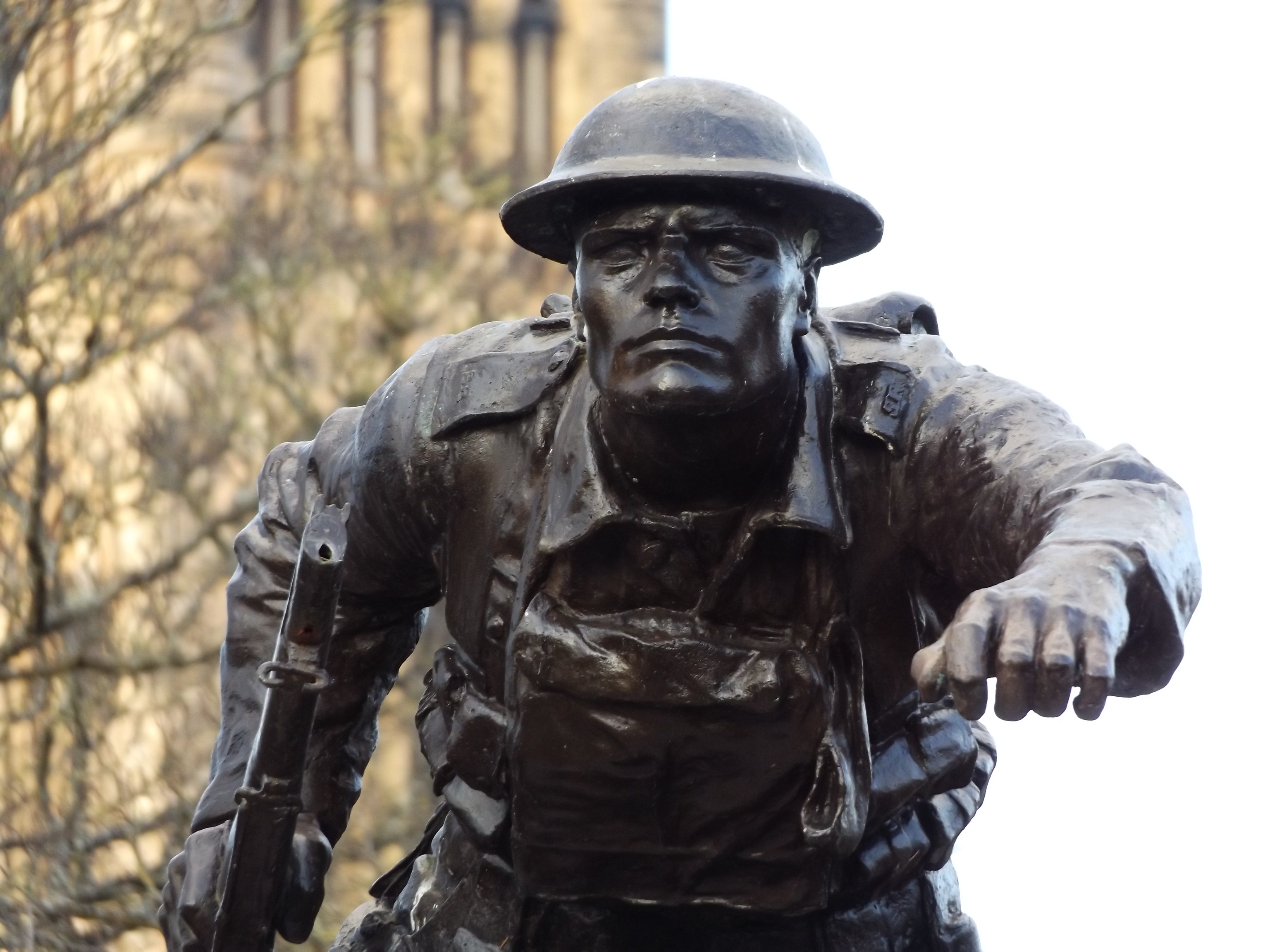
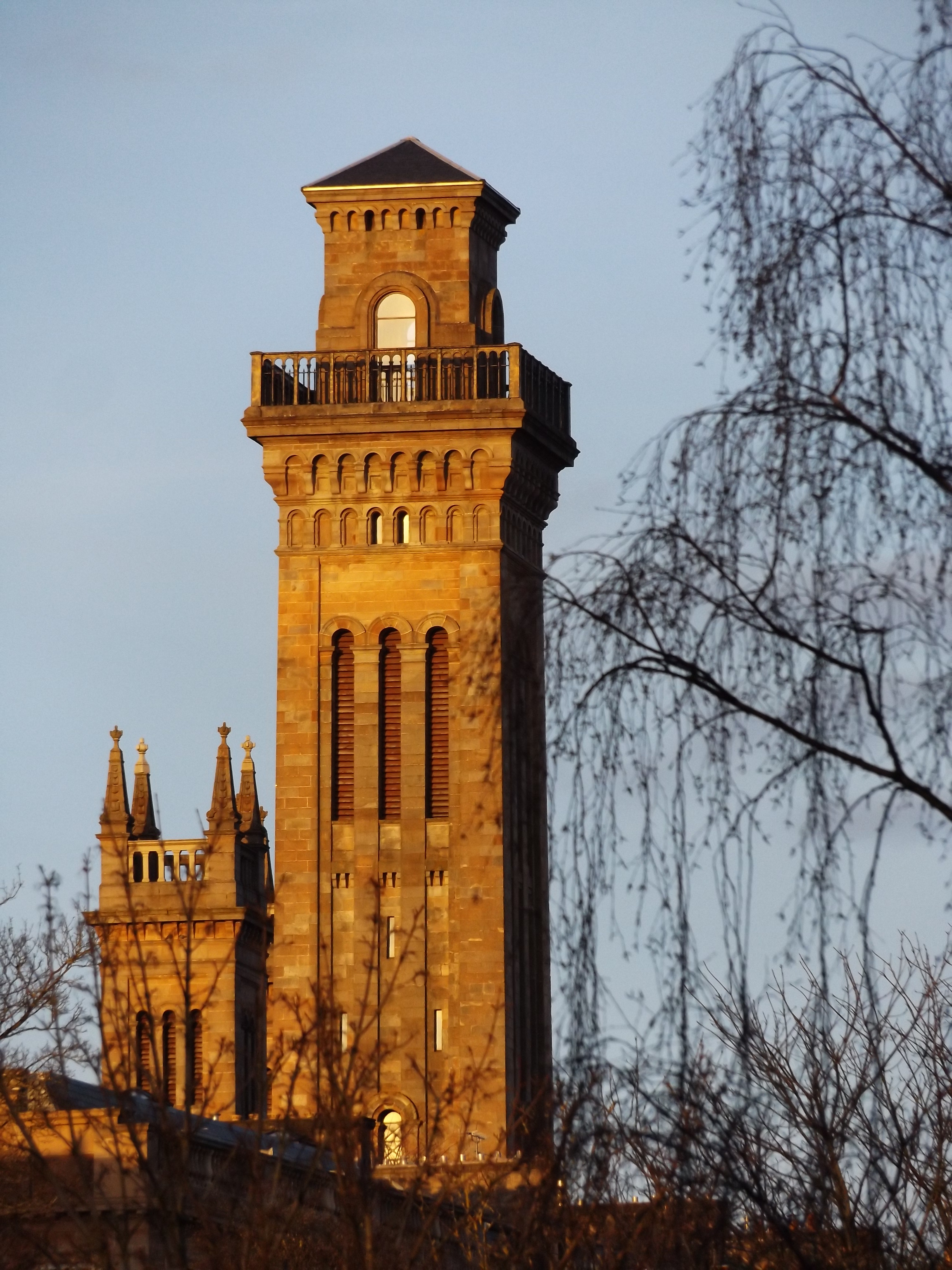
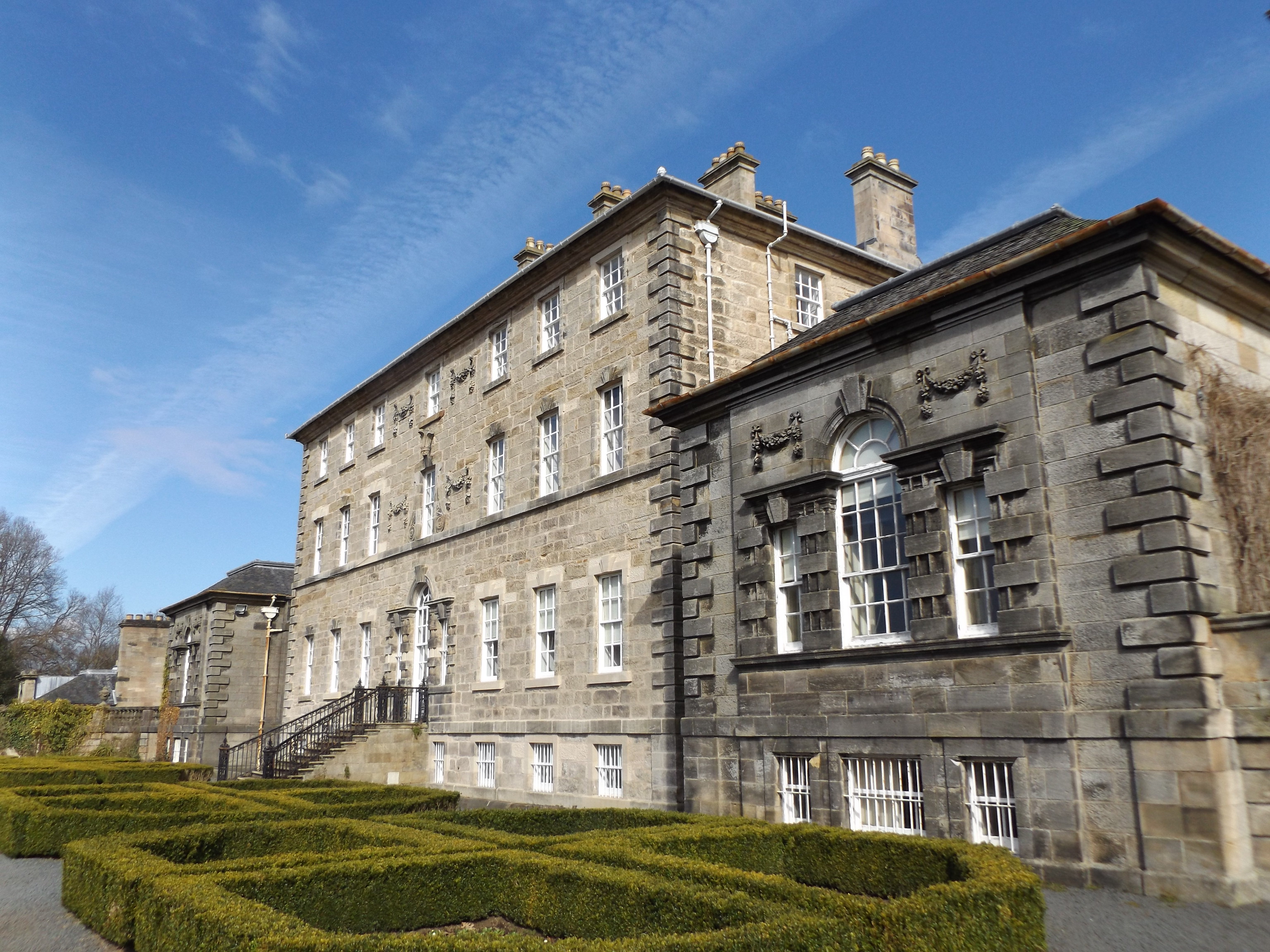
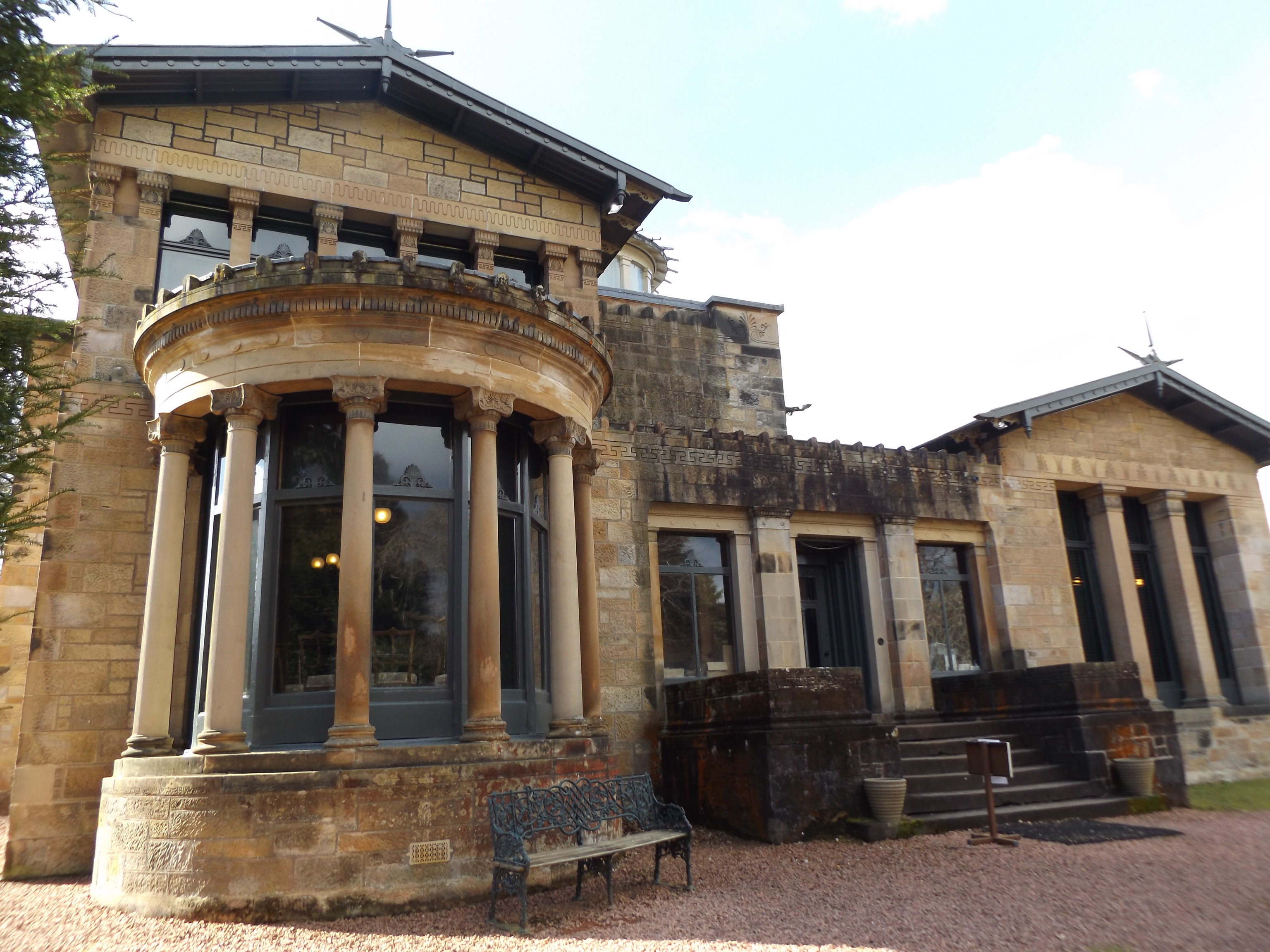
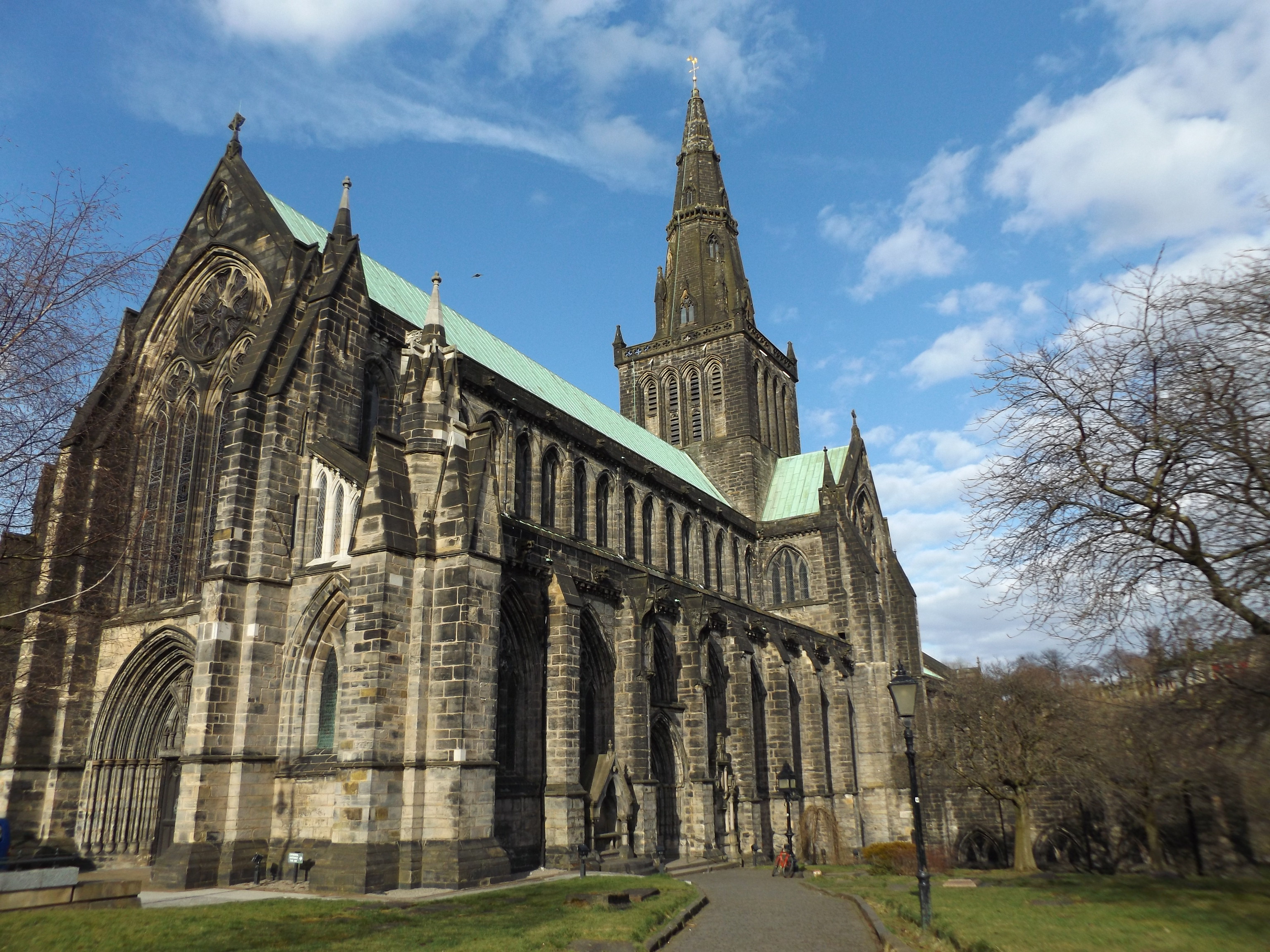
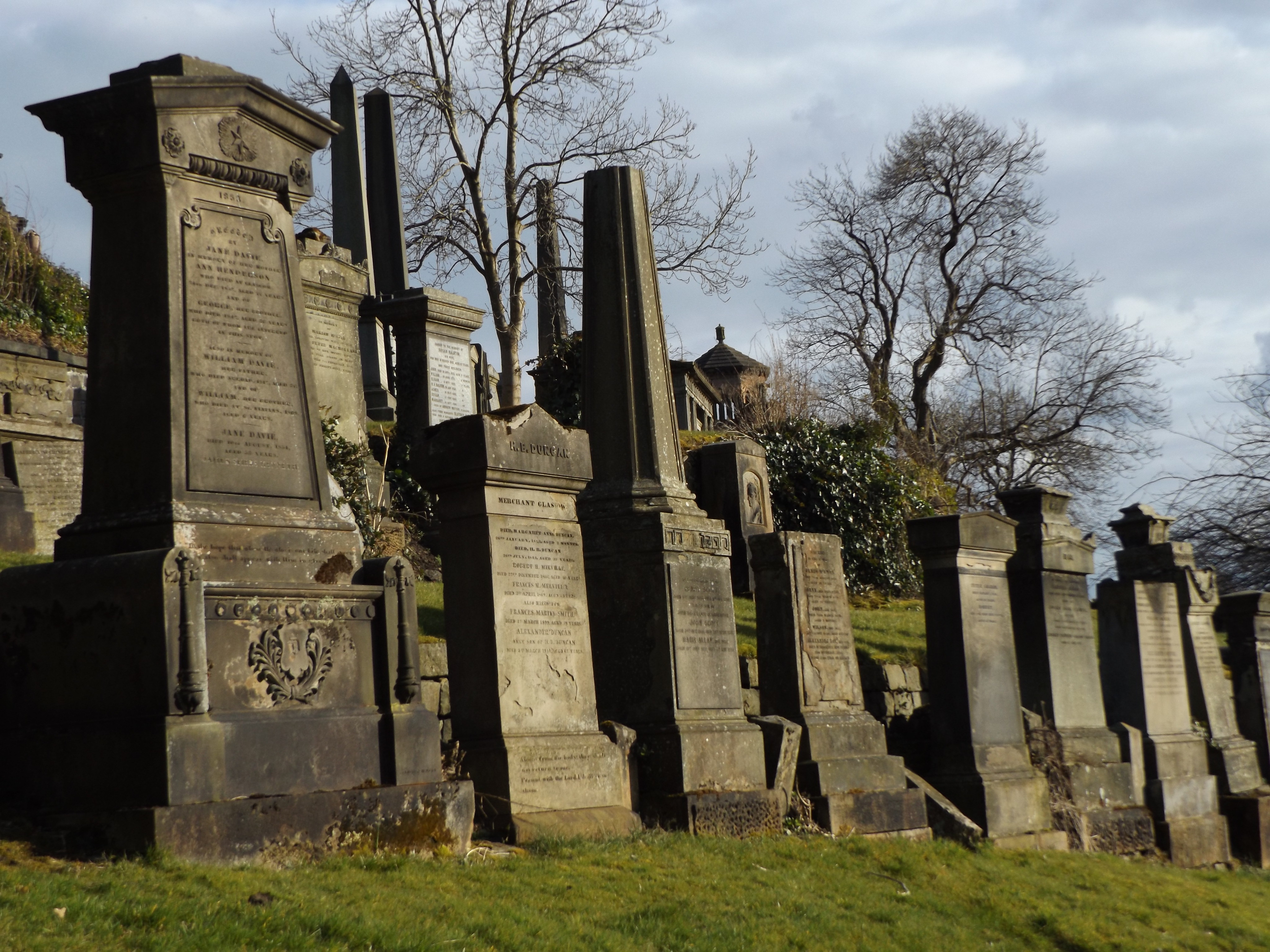
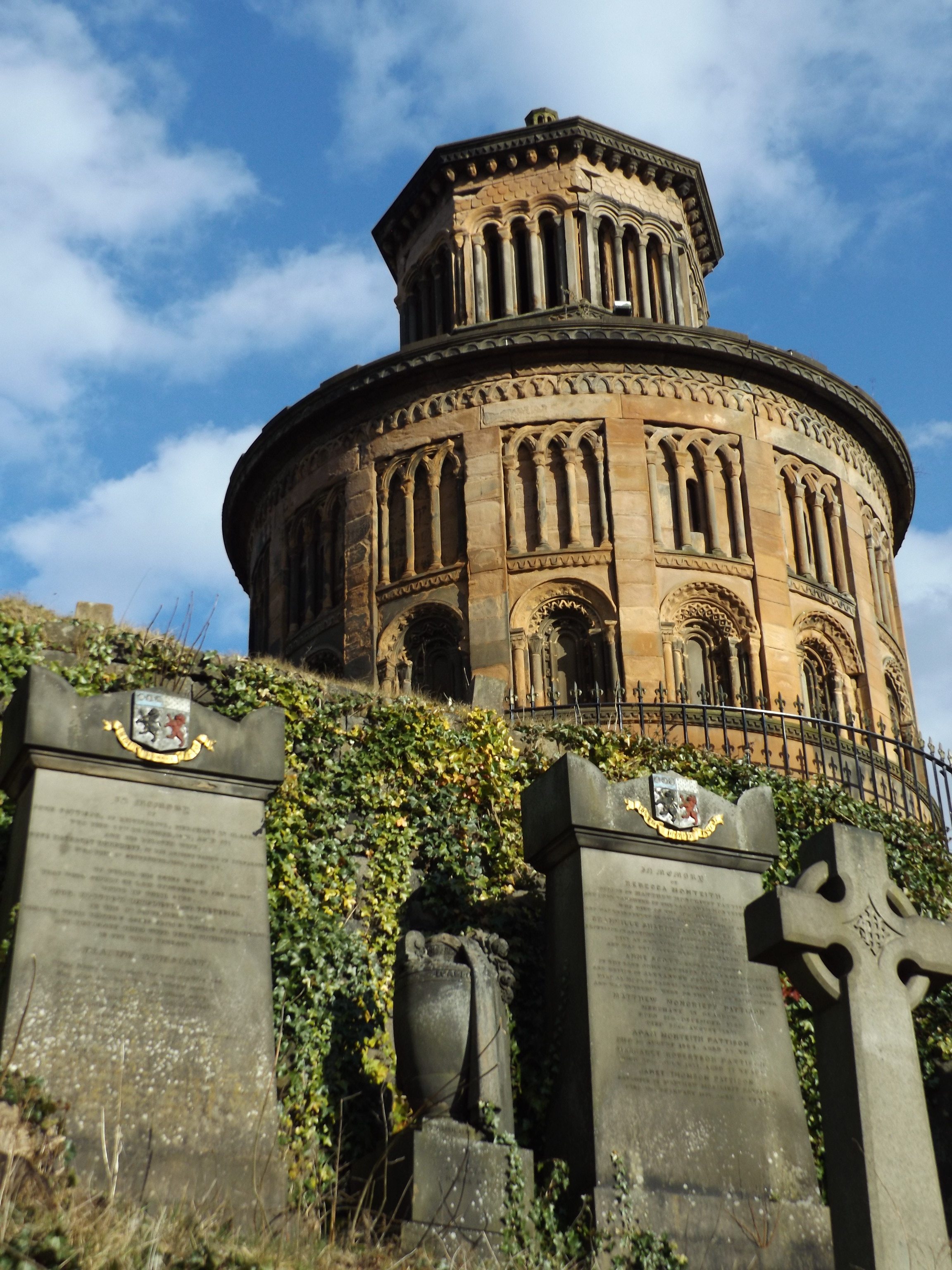
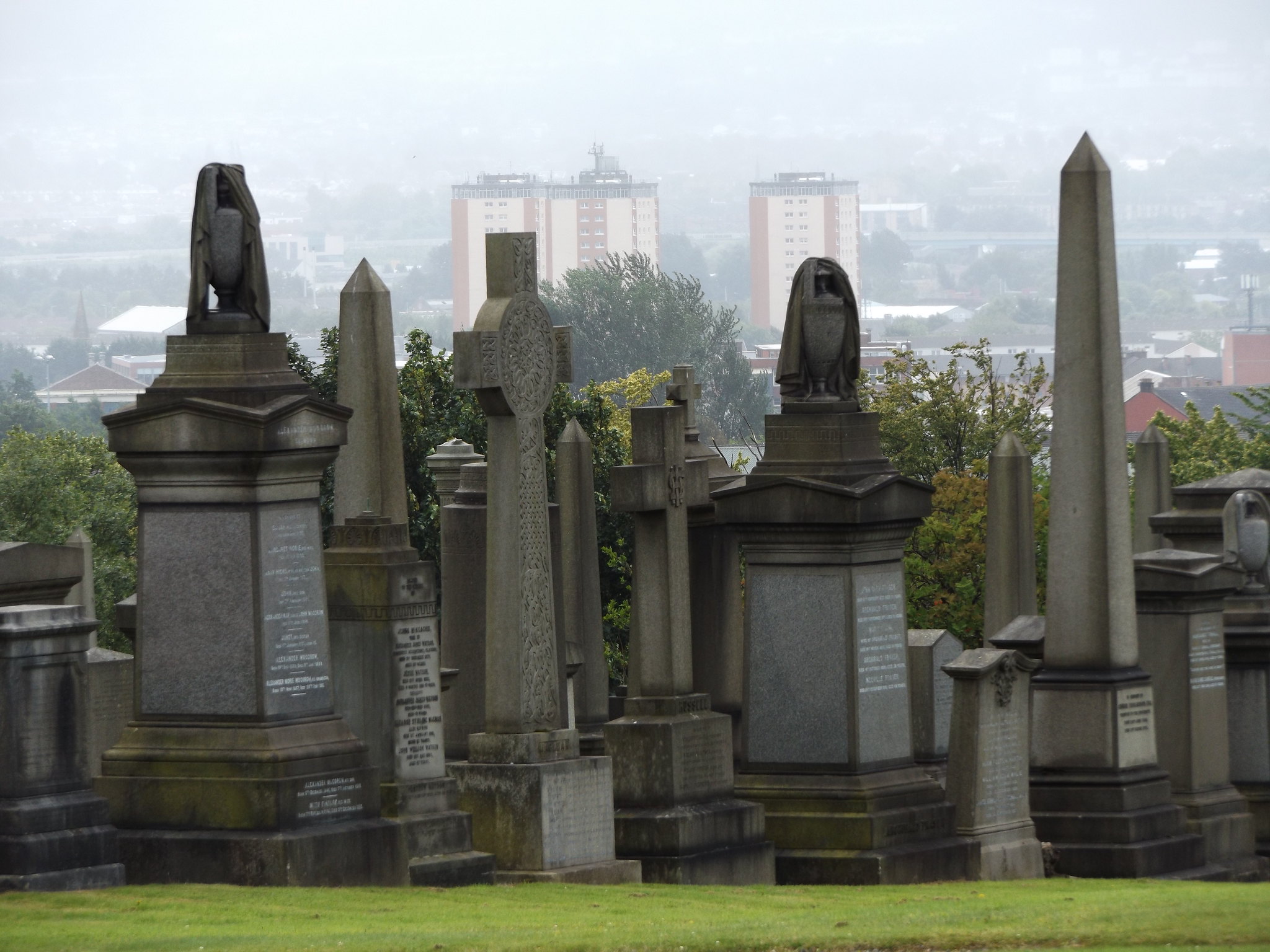
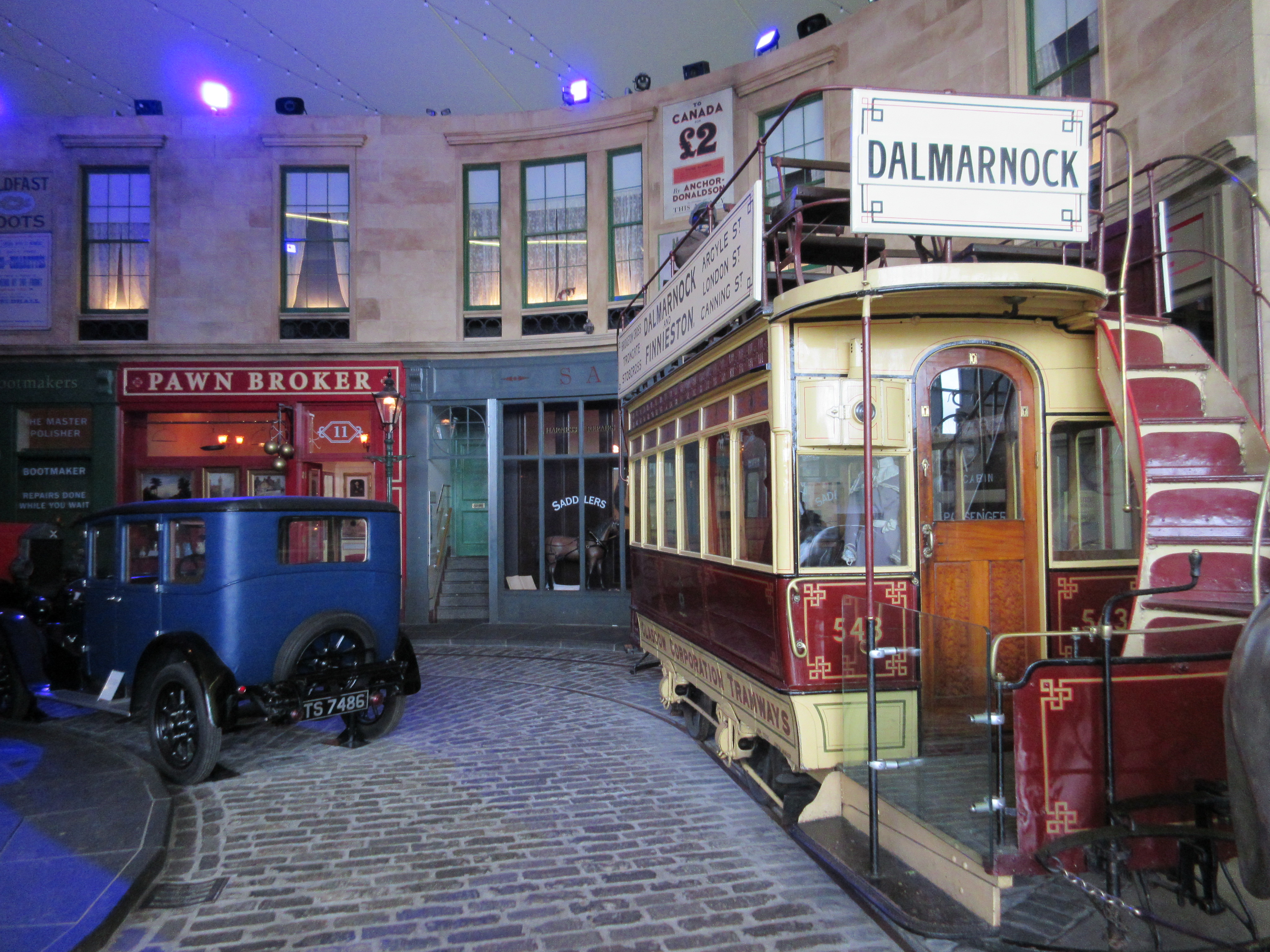
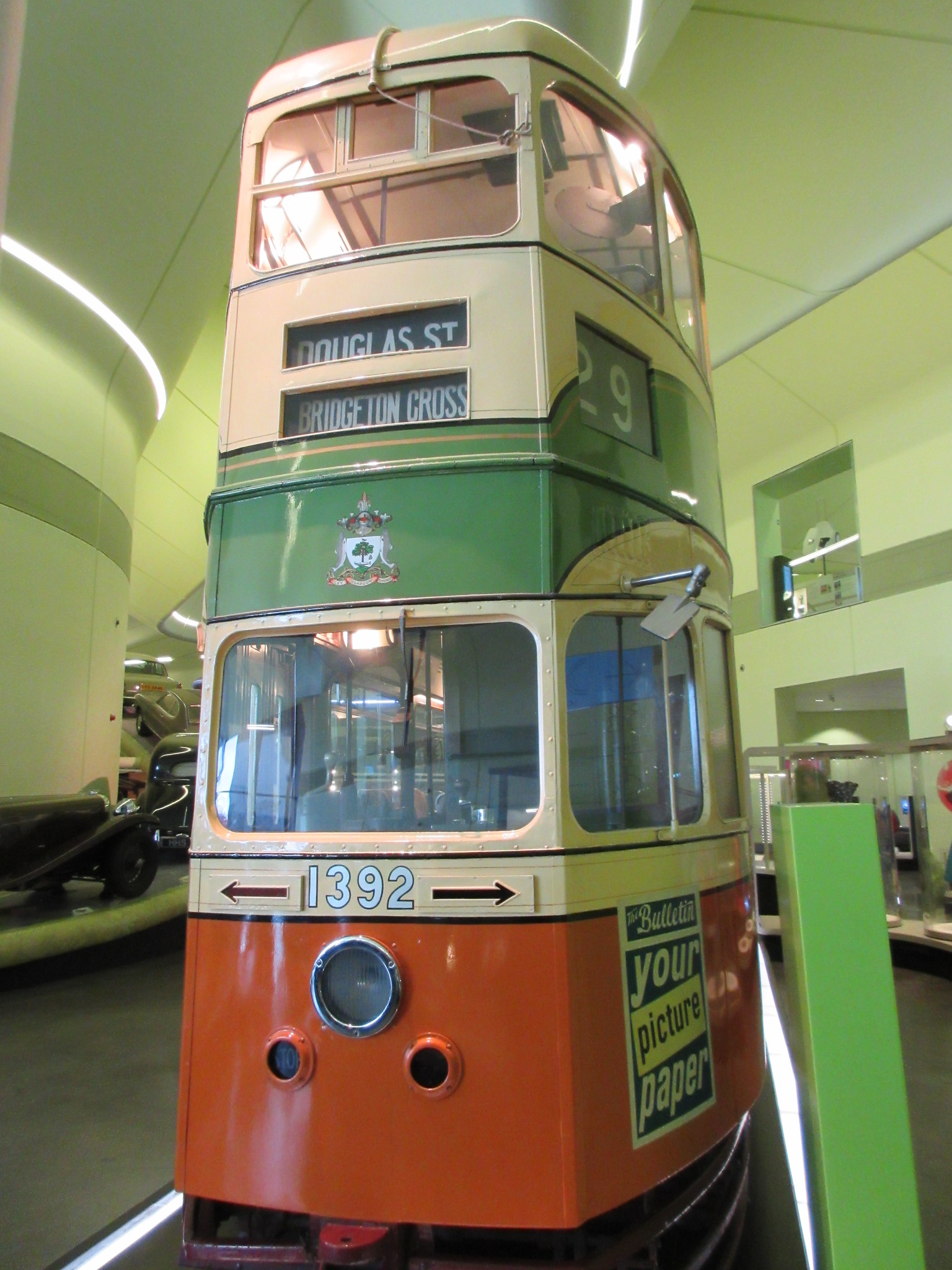

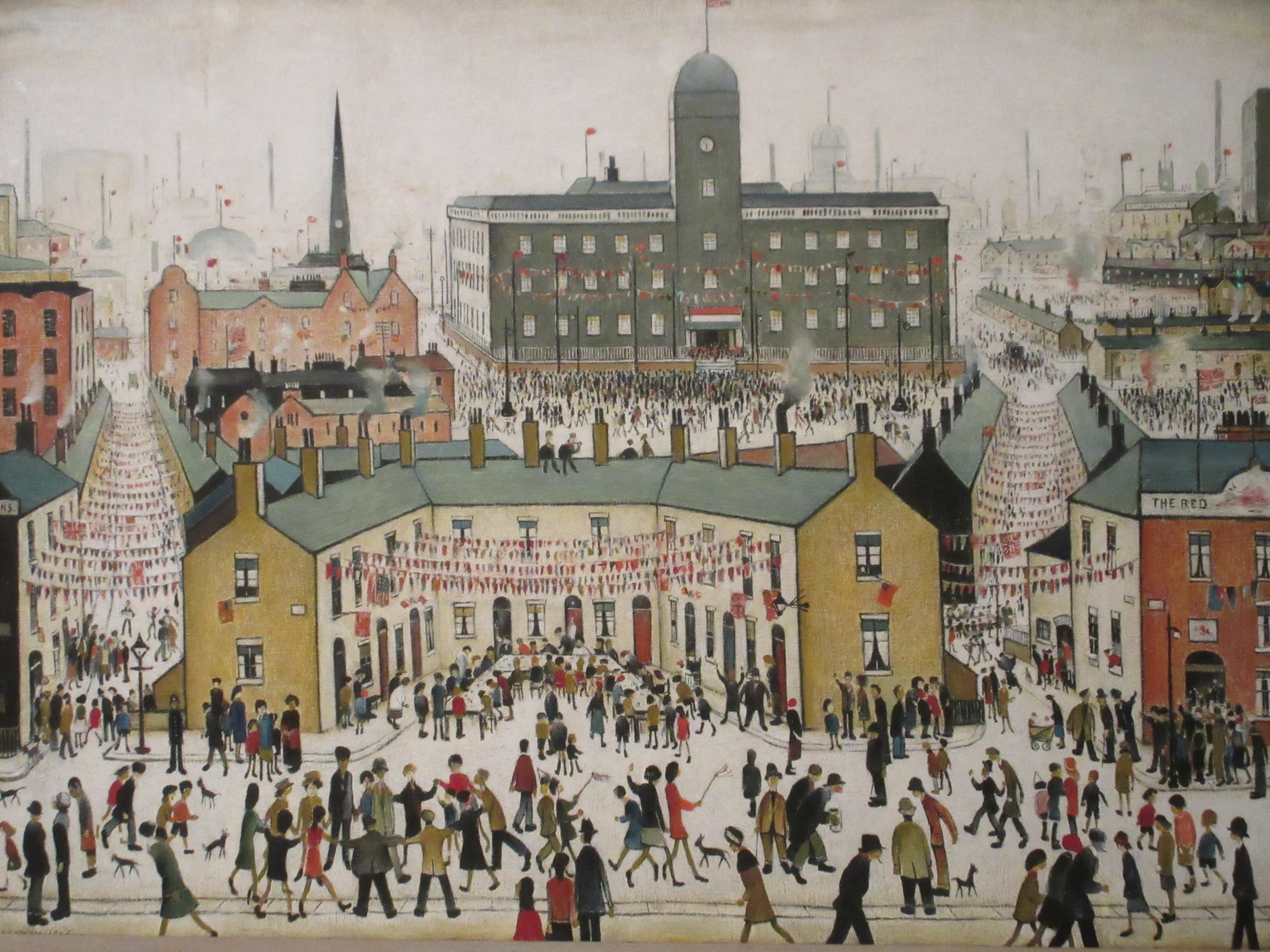

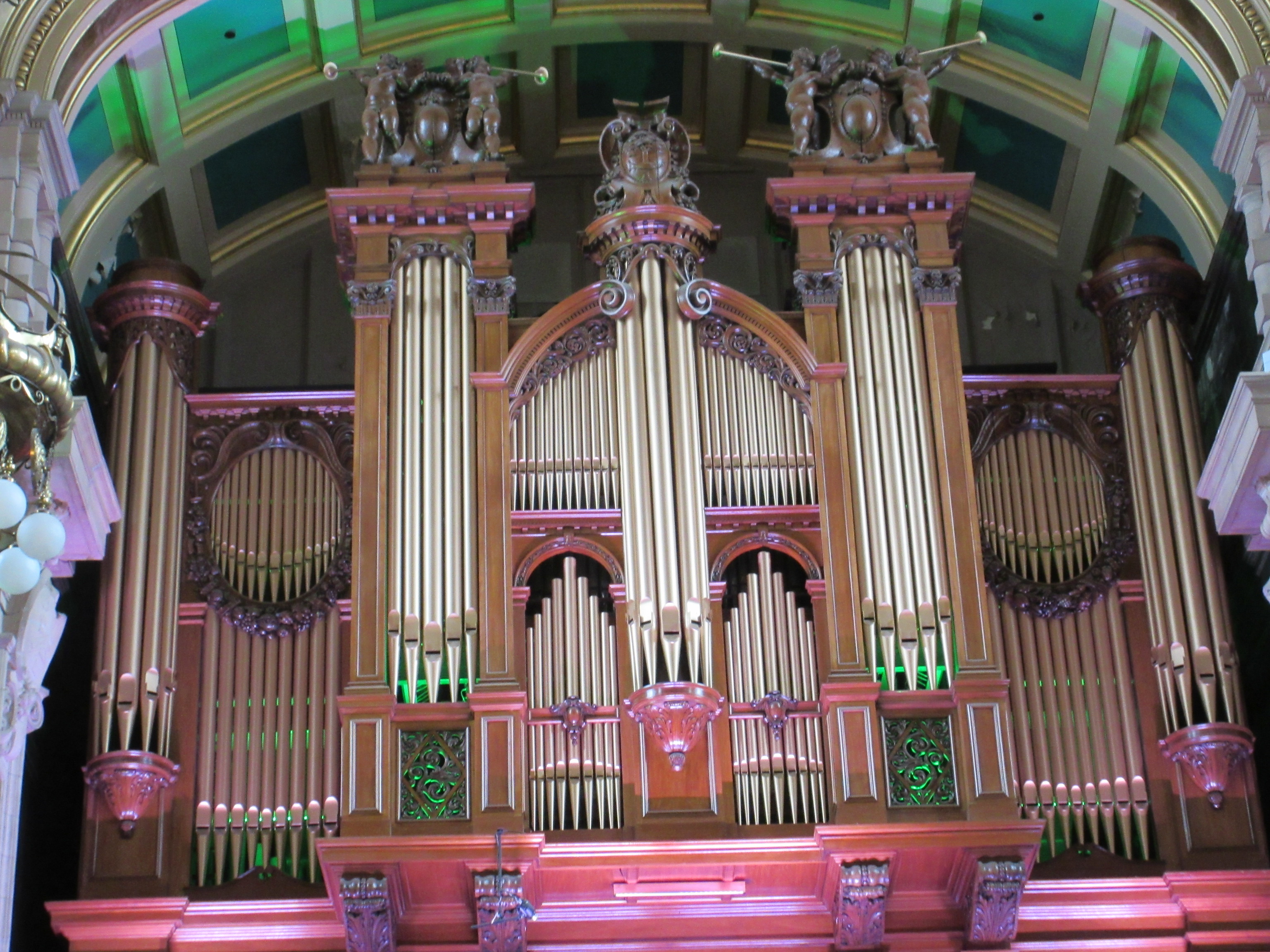



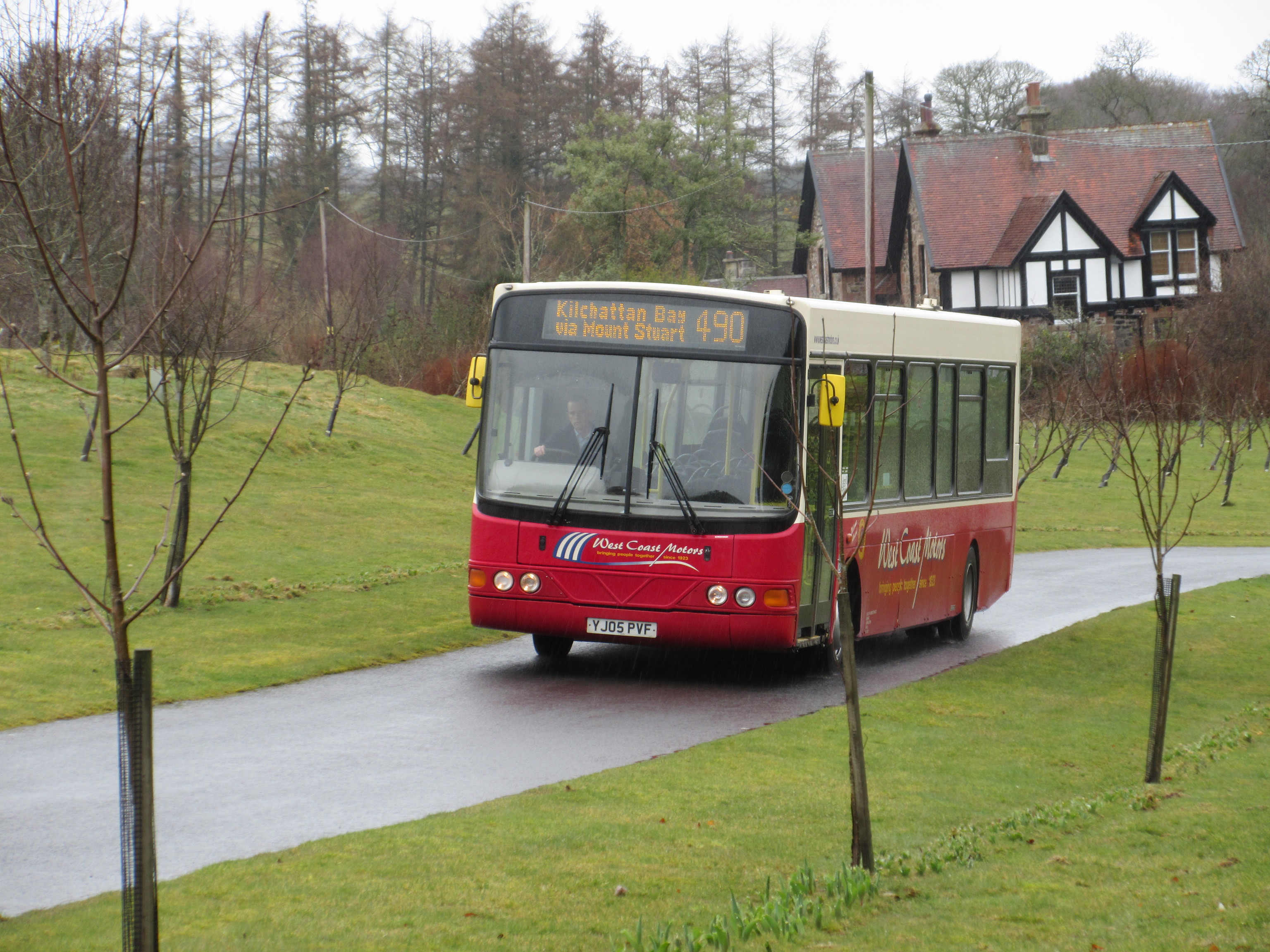
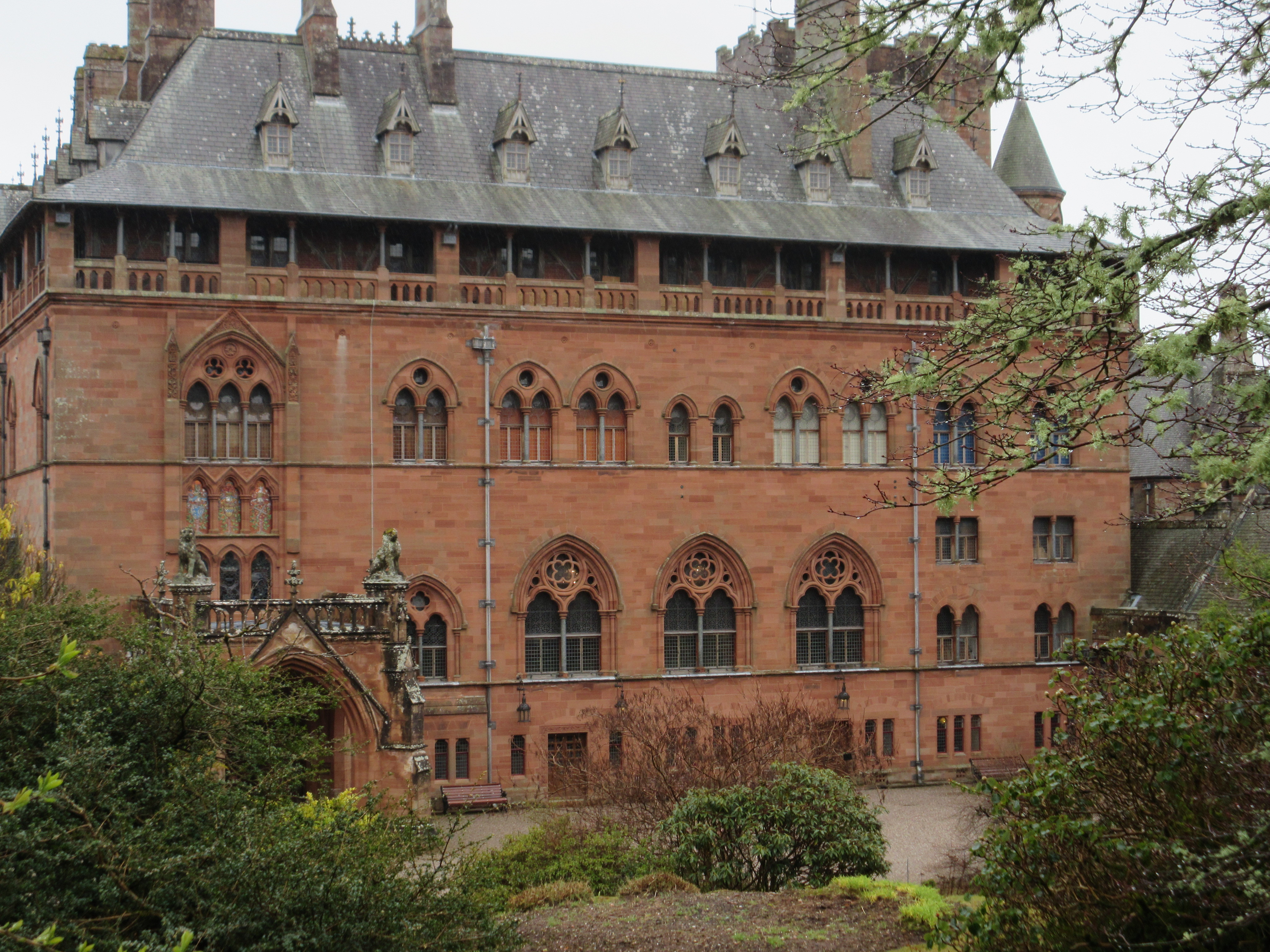

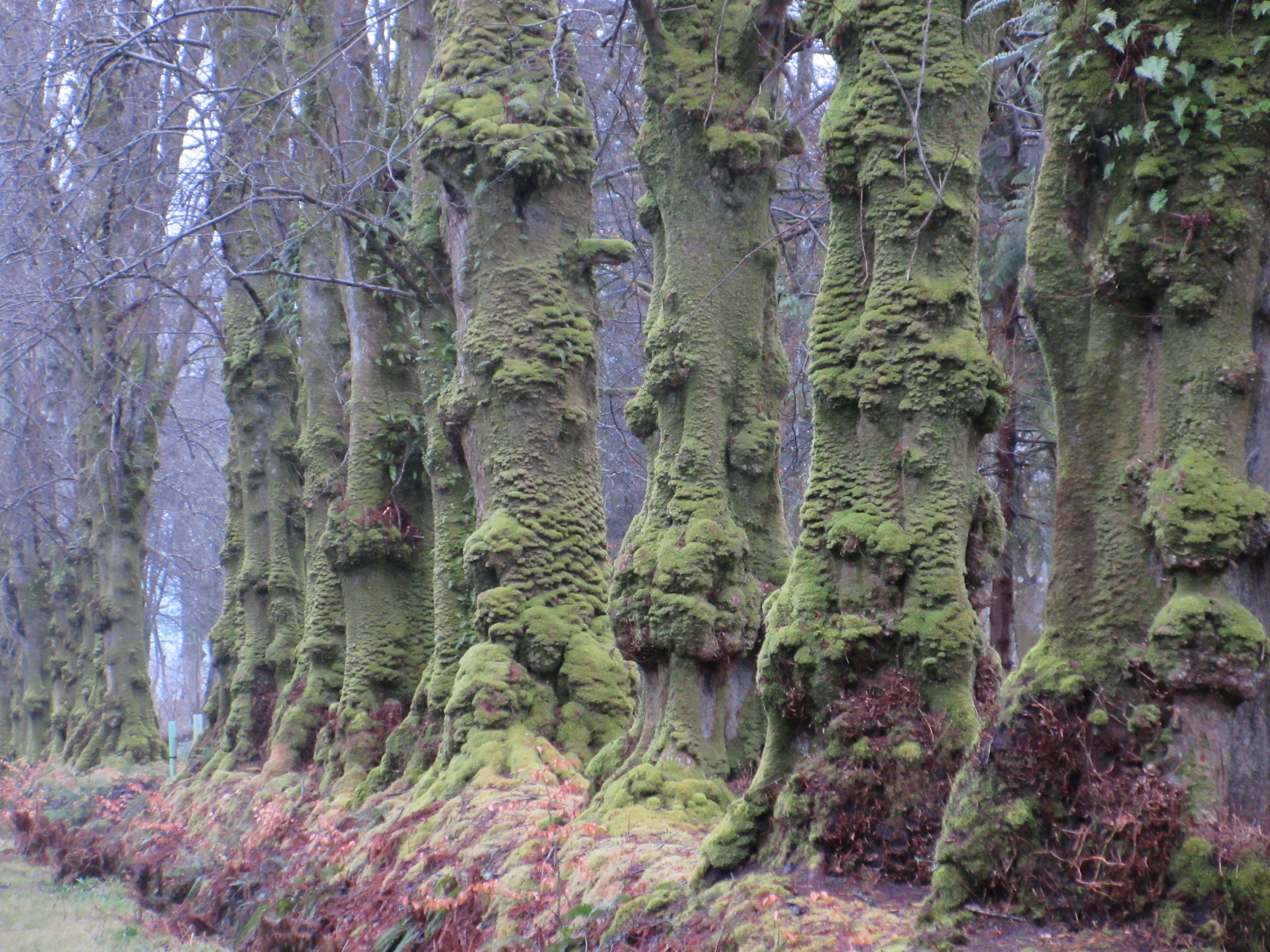
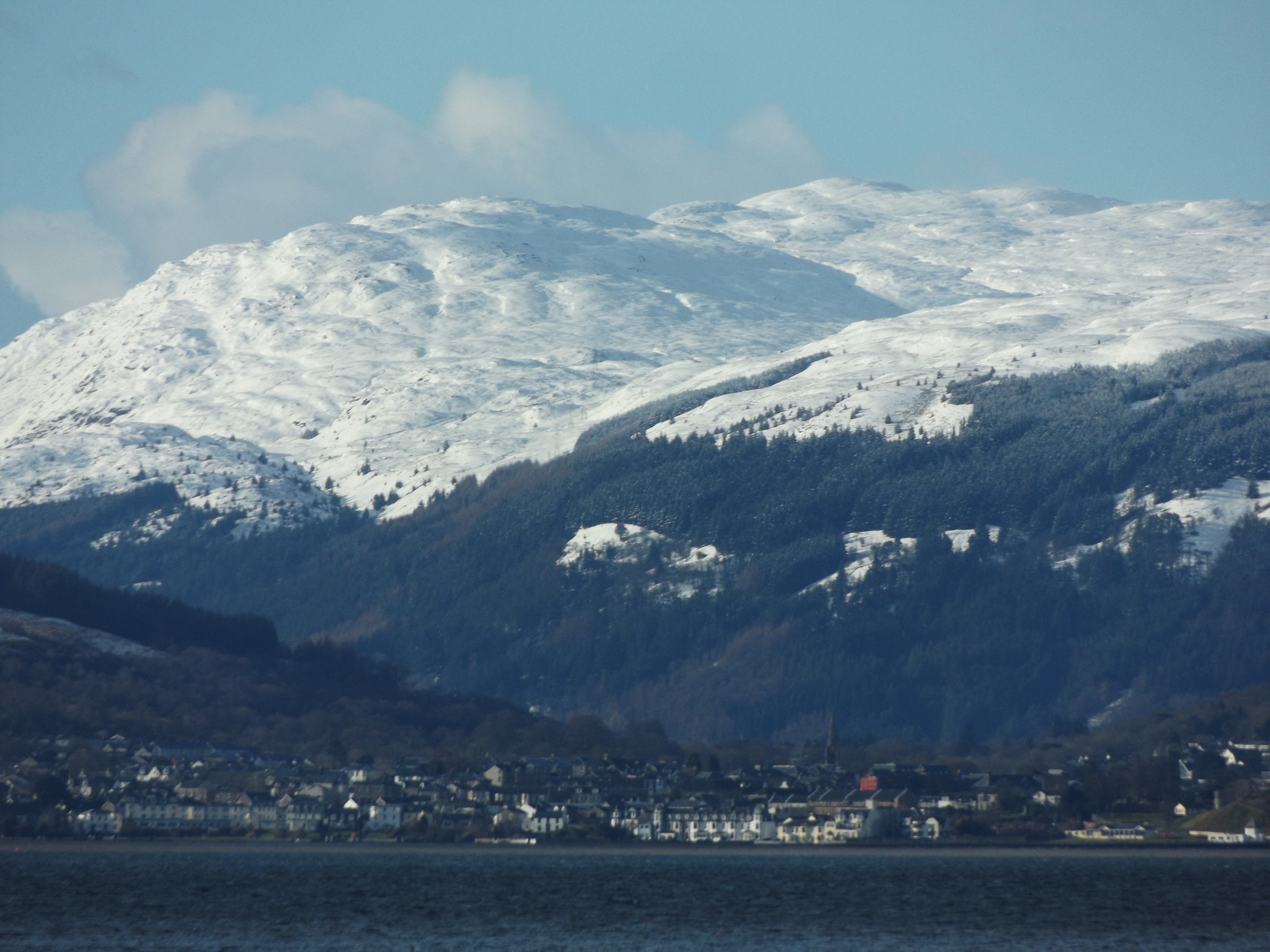
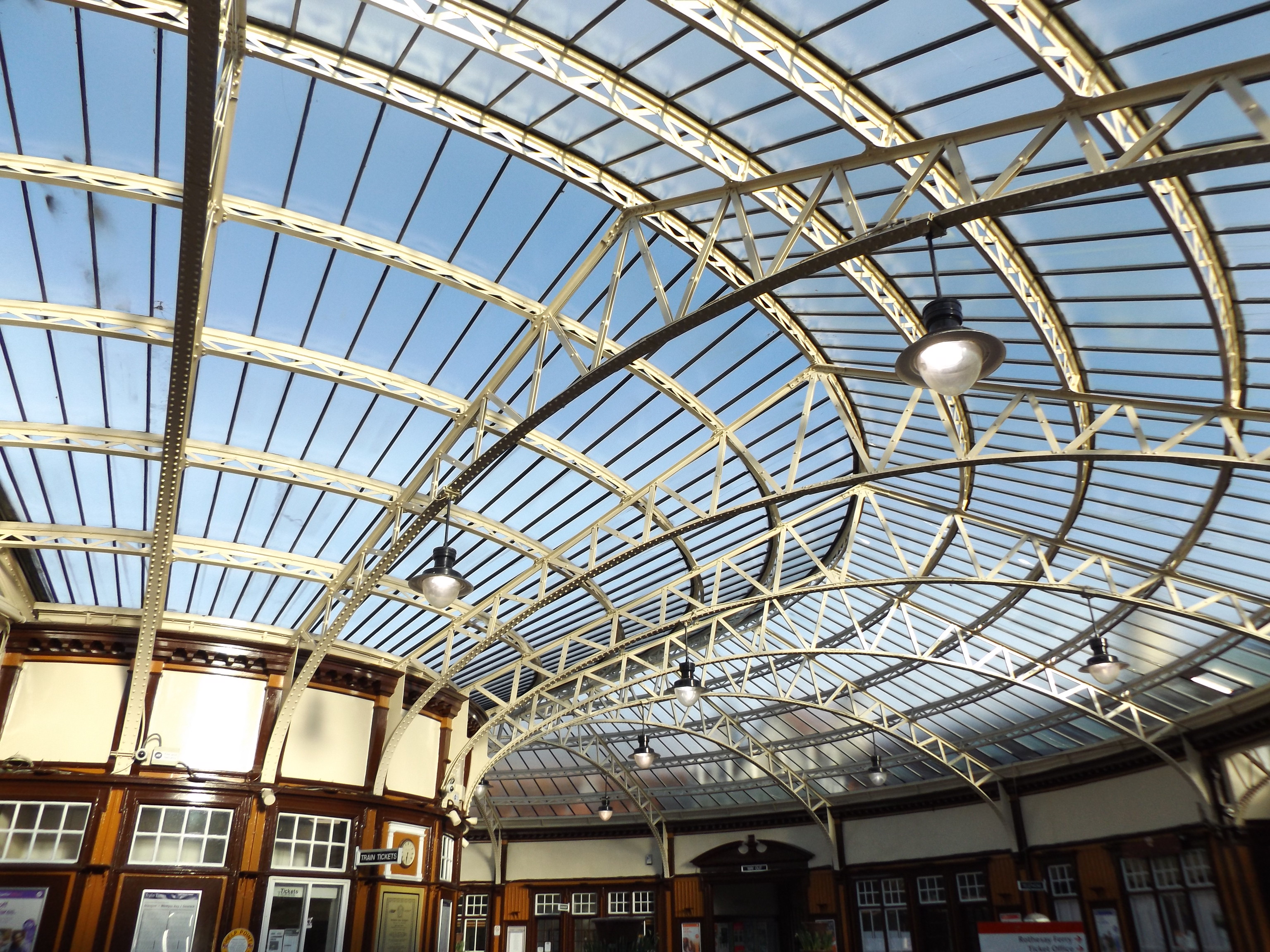
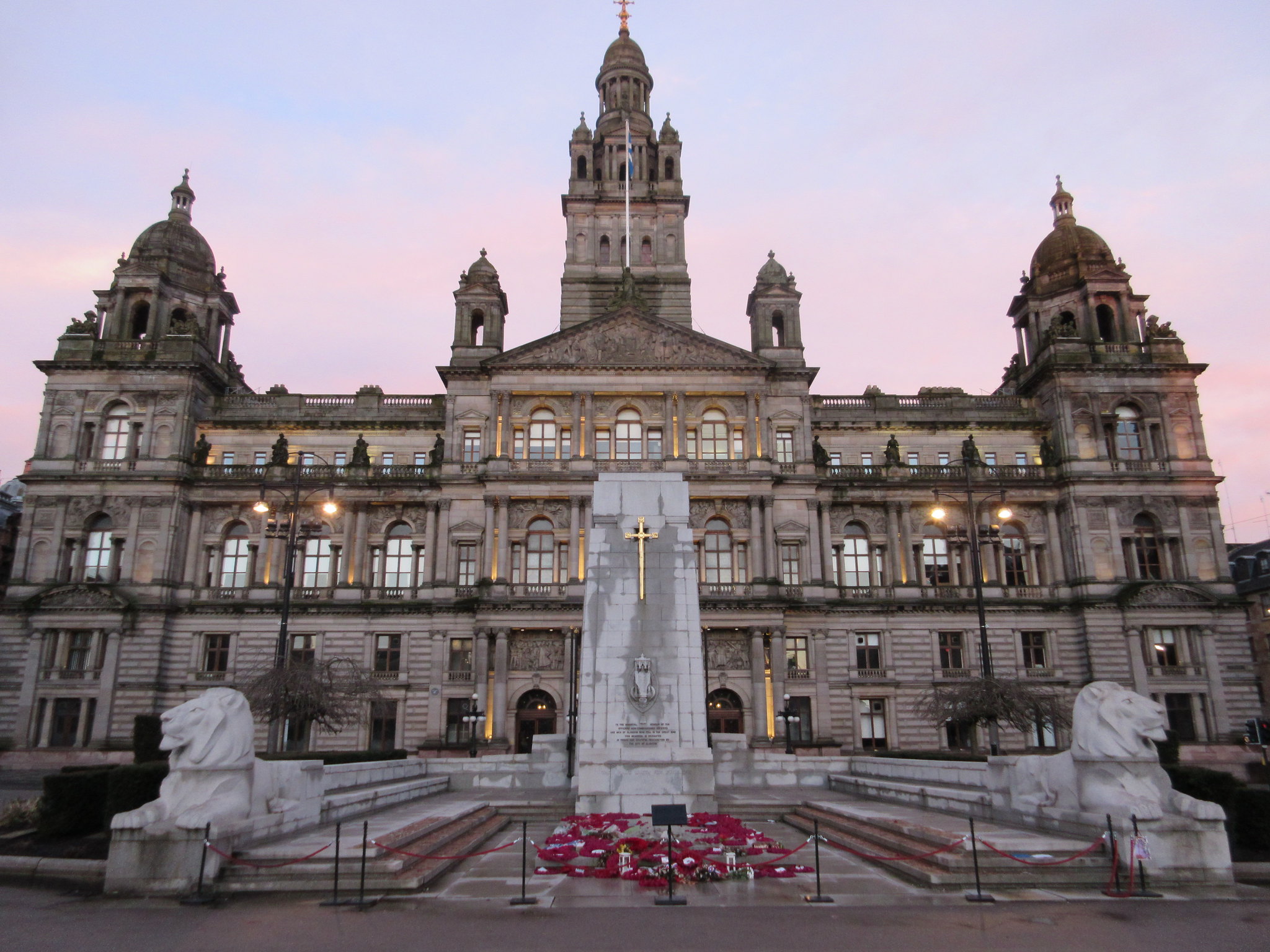
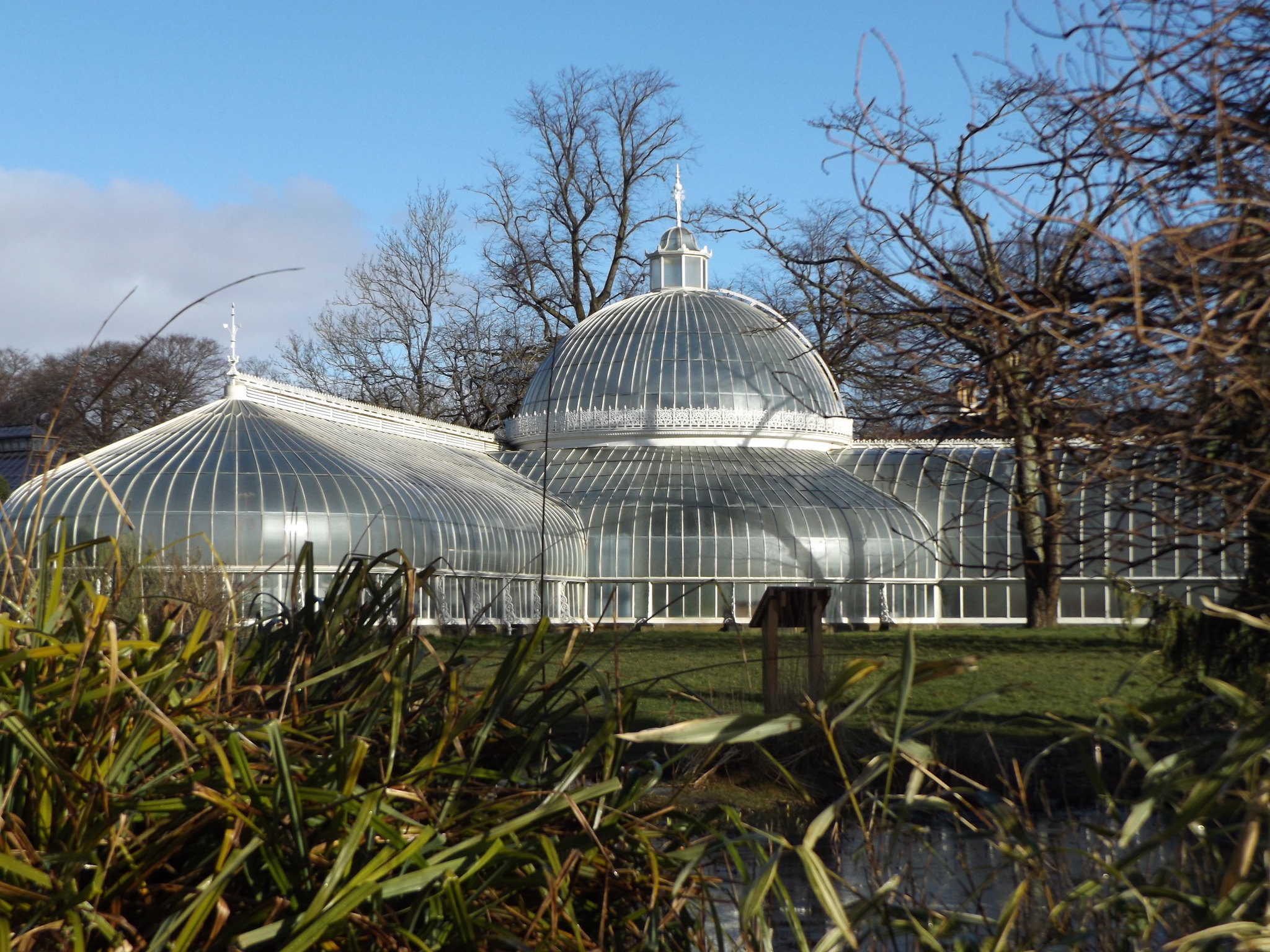
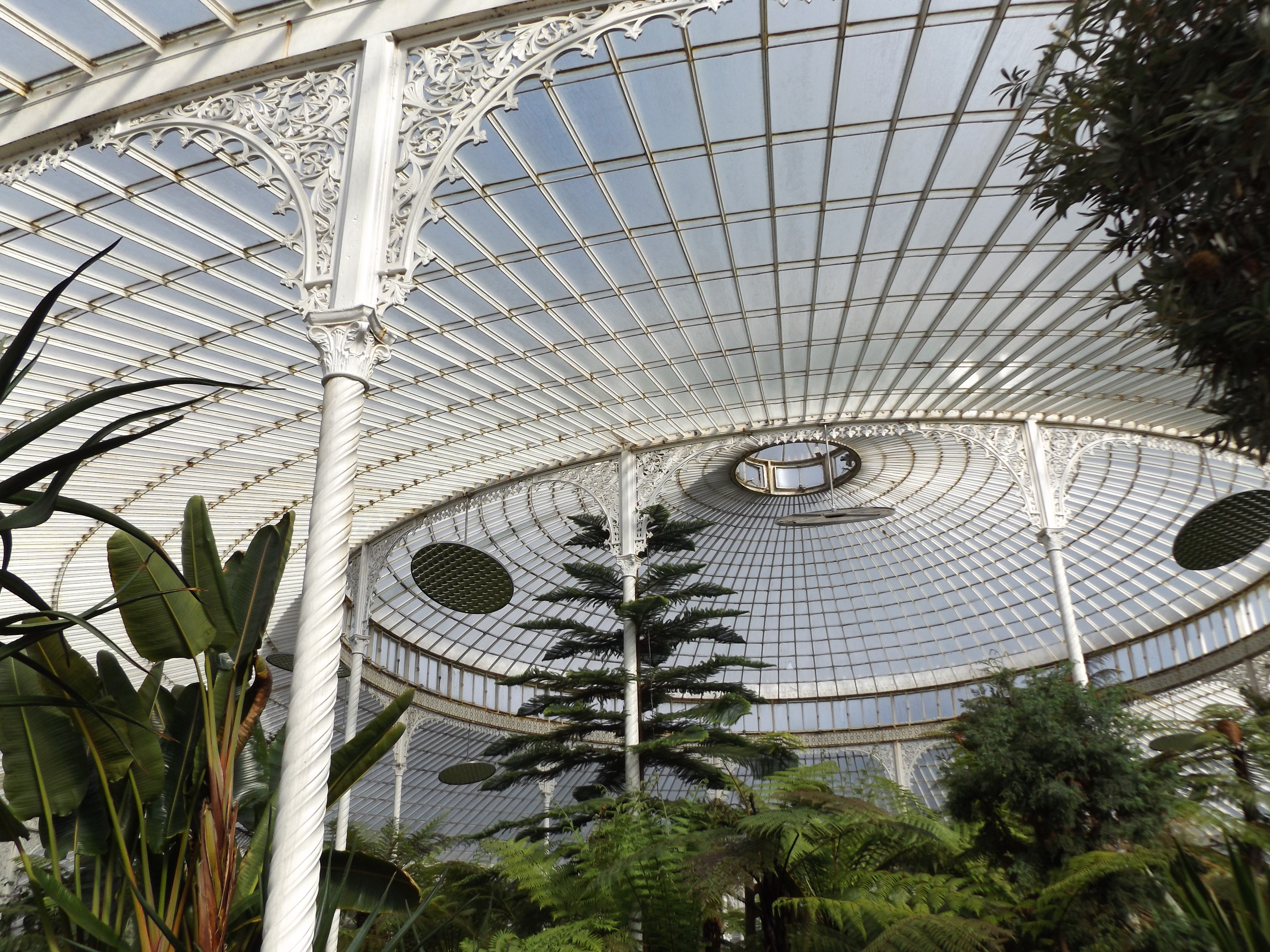
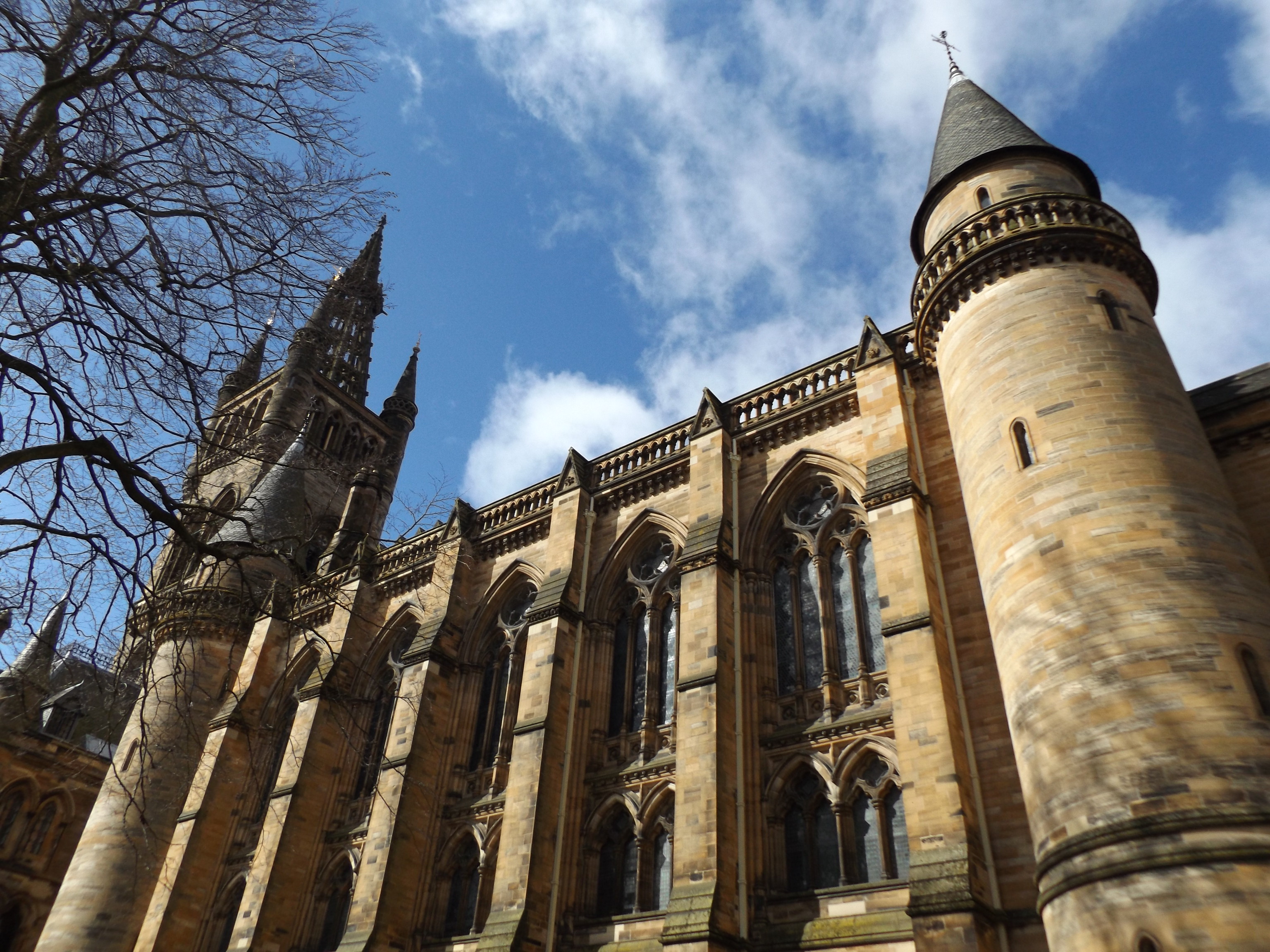


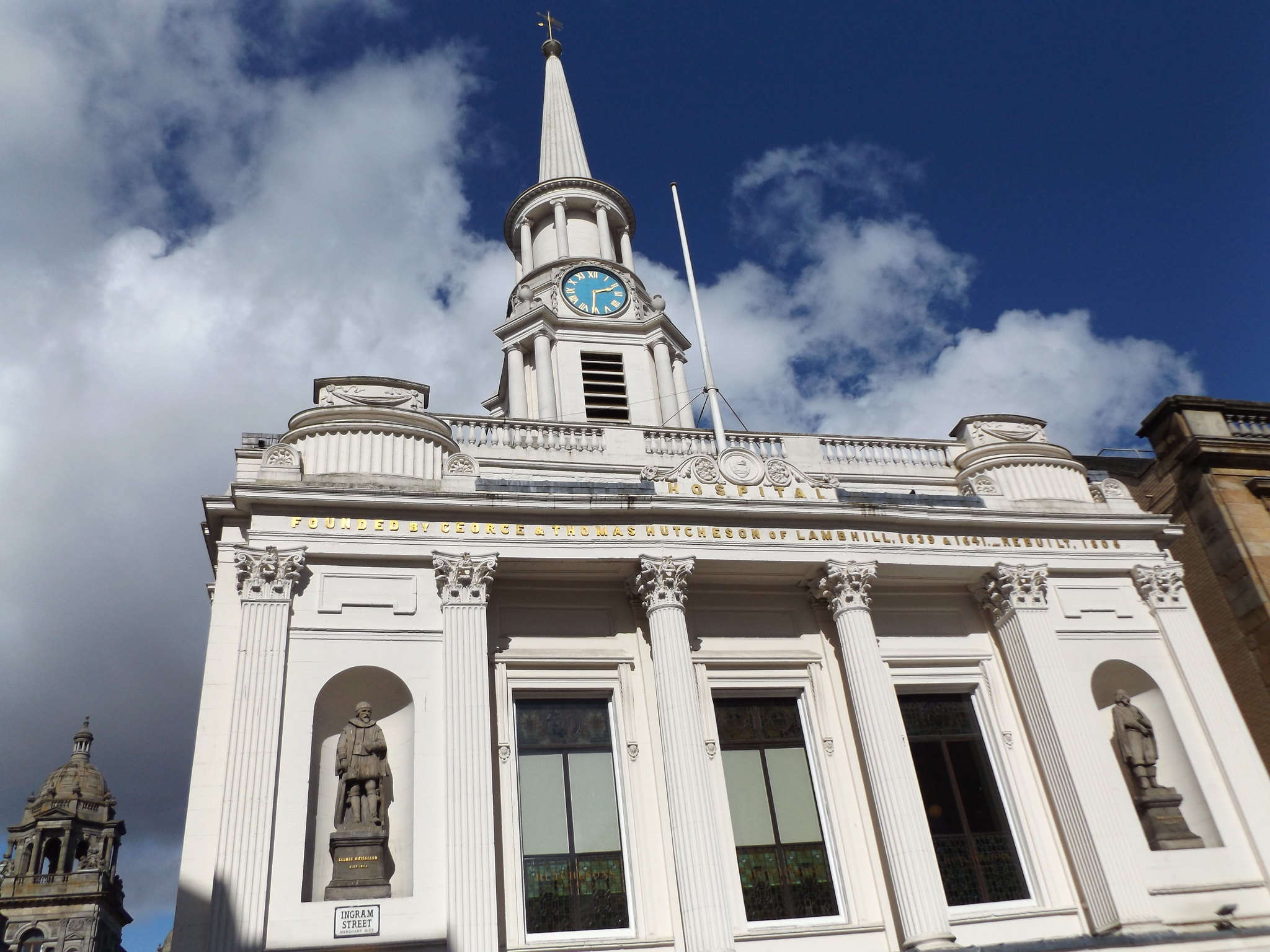

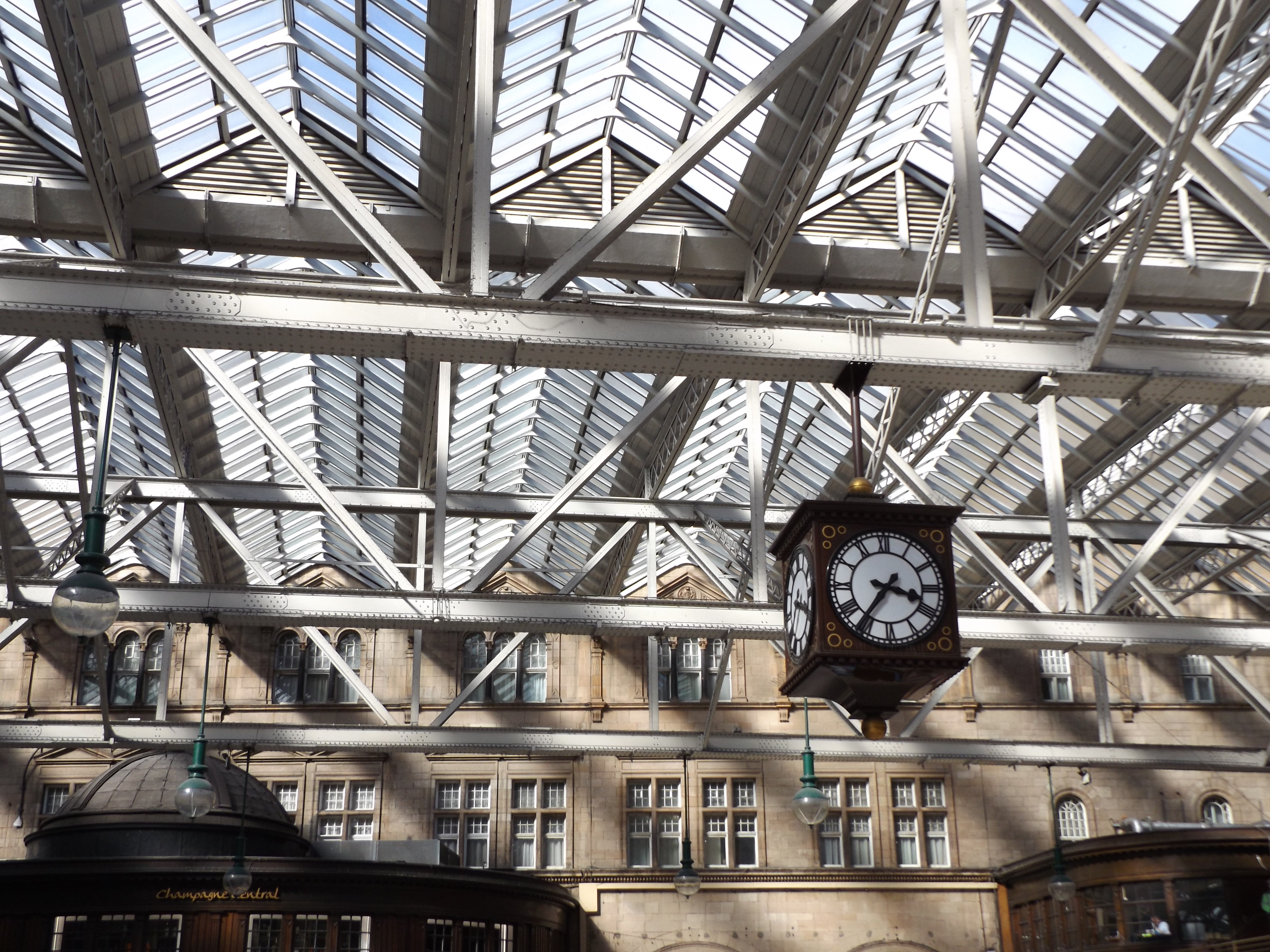
1 thought on “Glasgow”